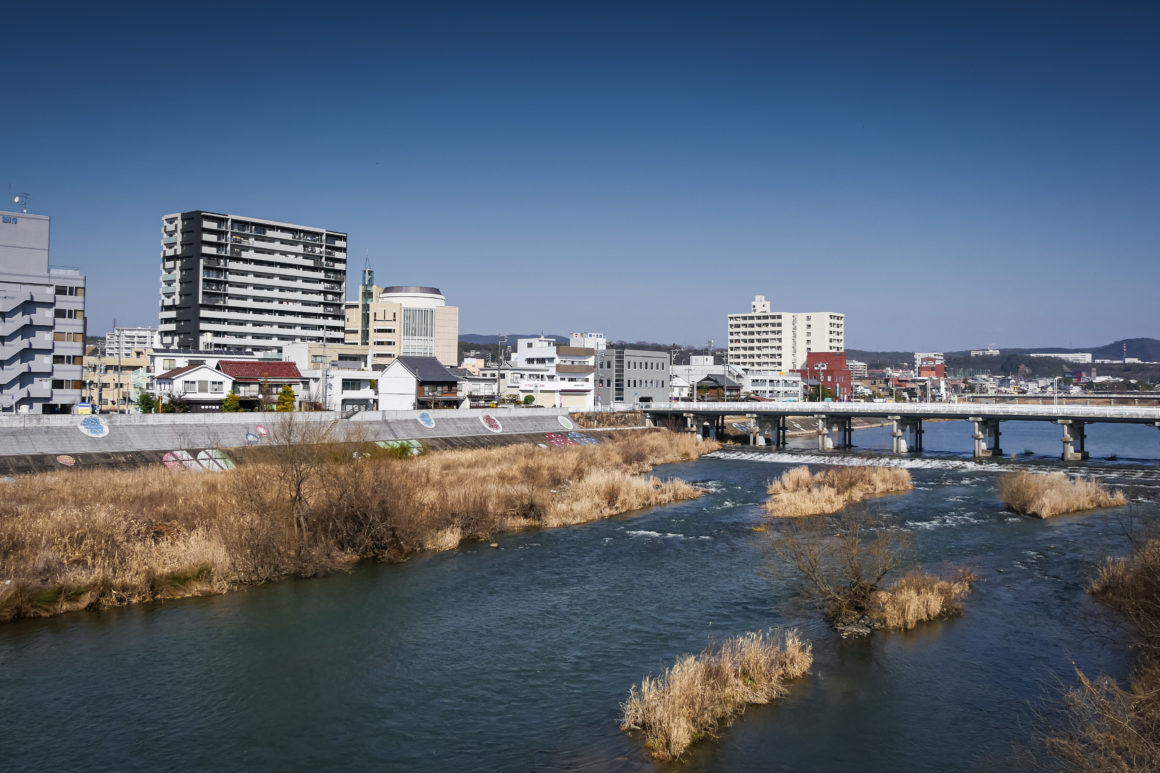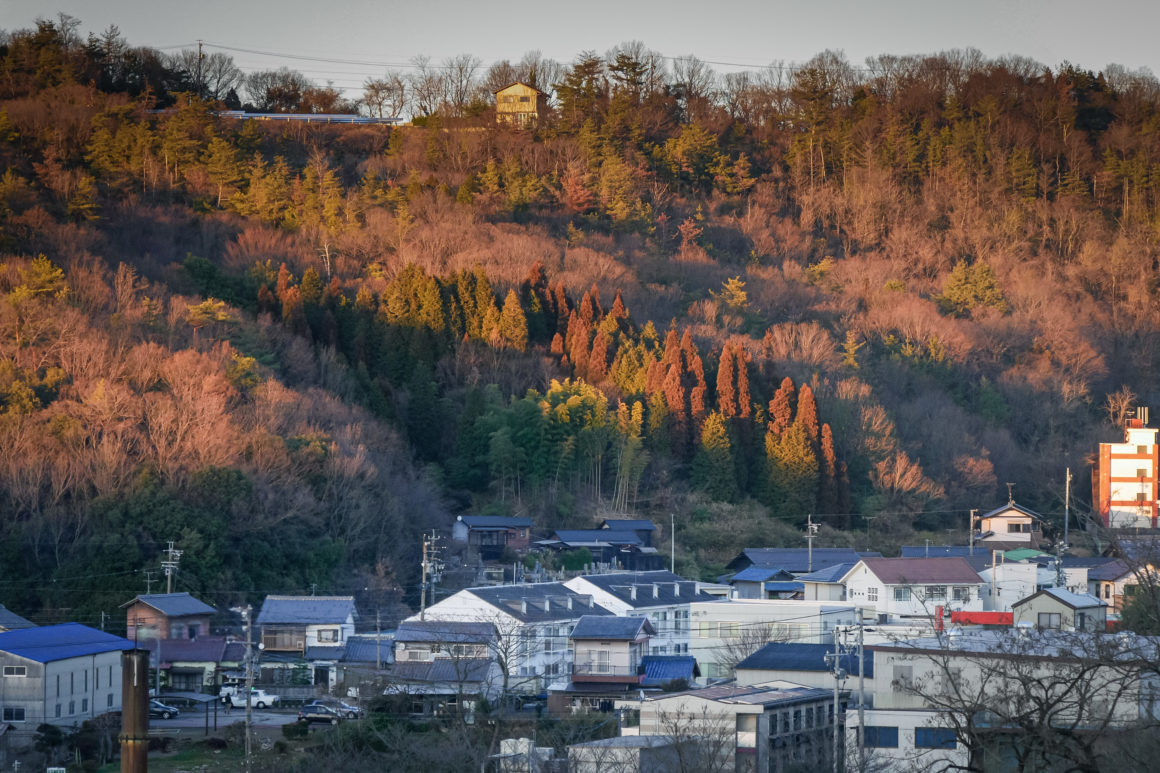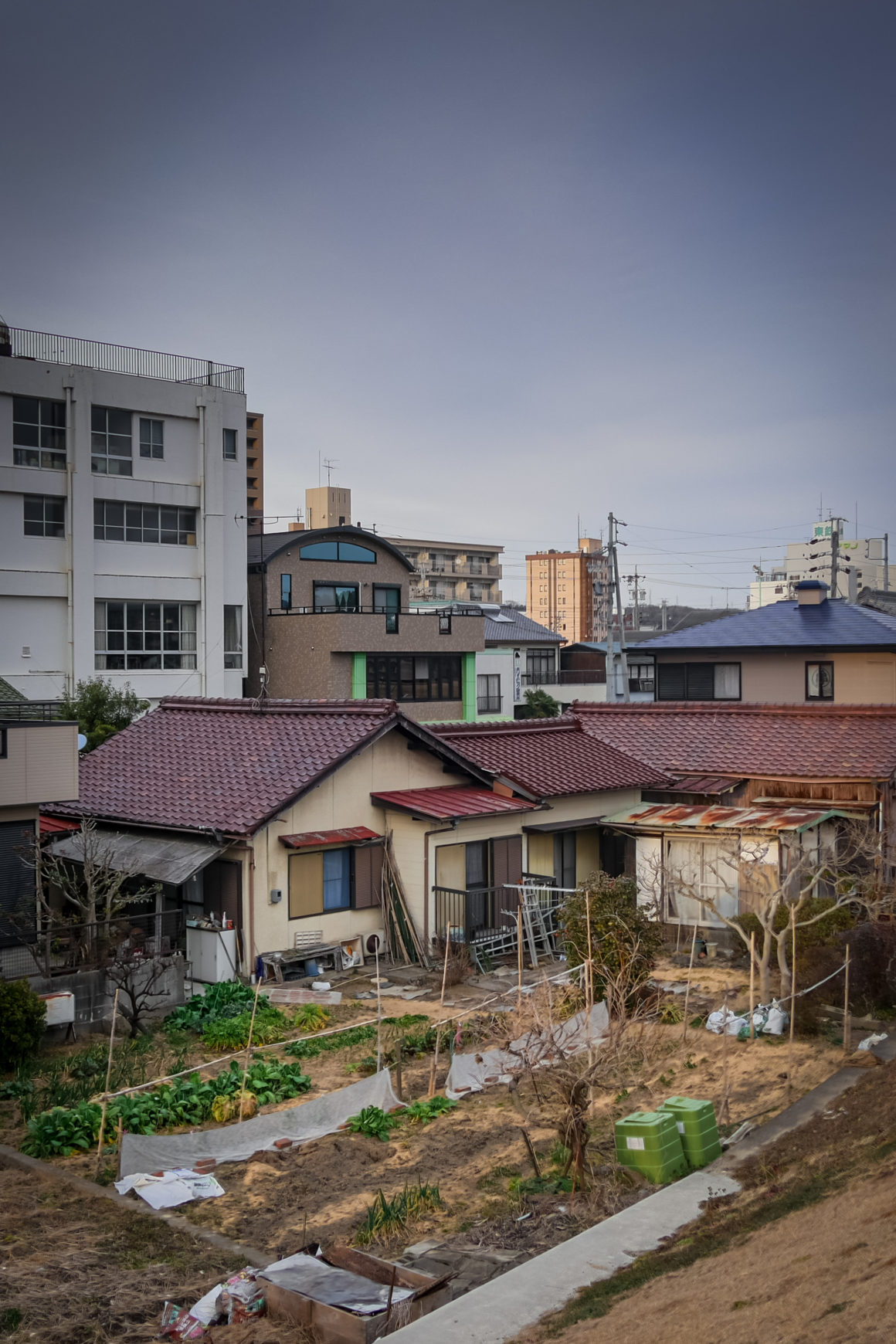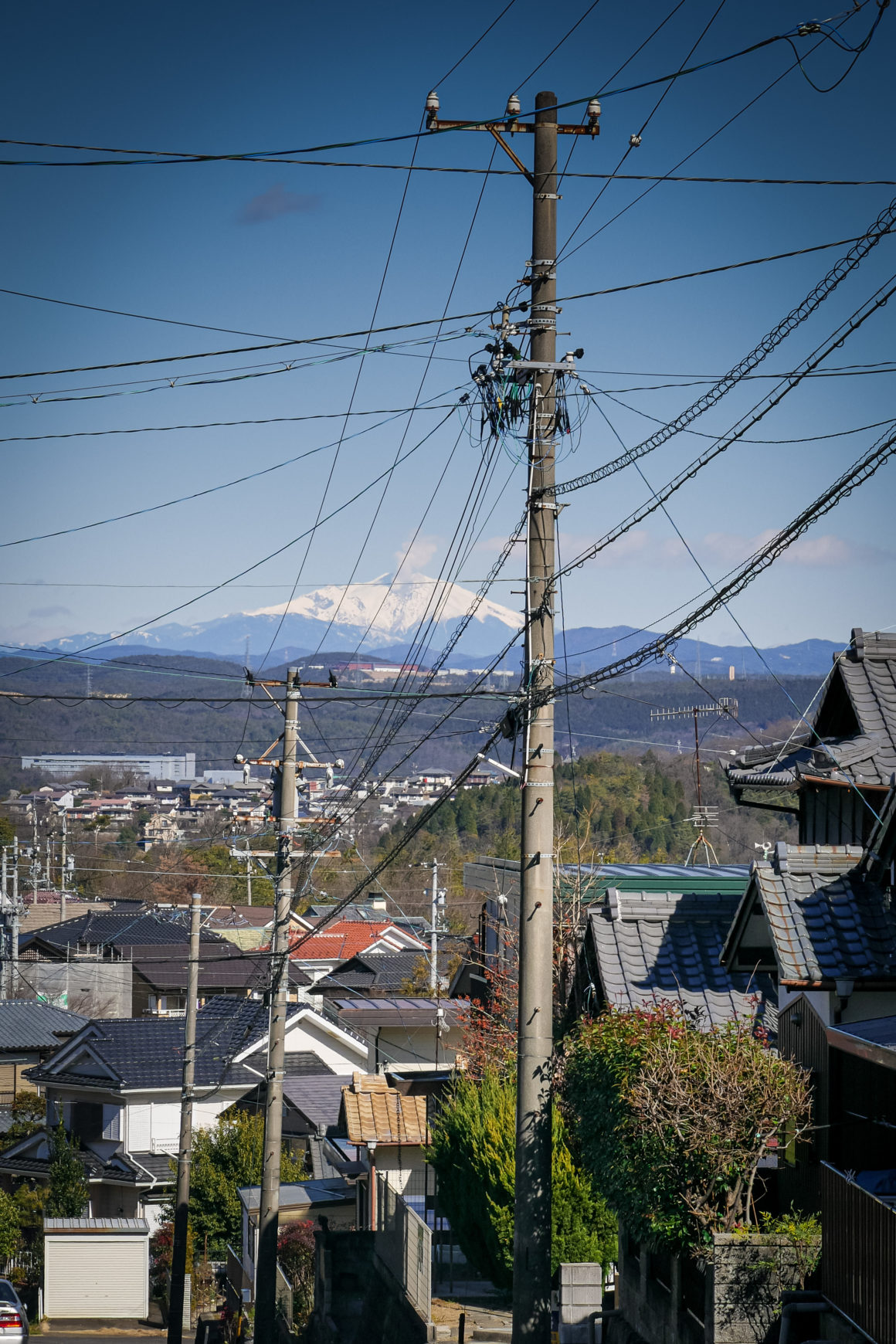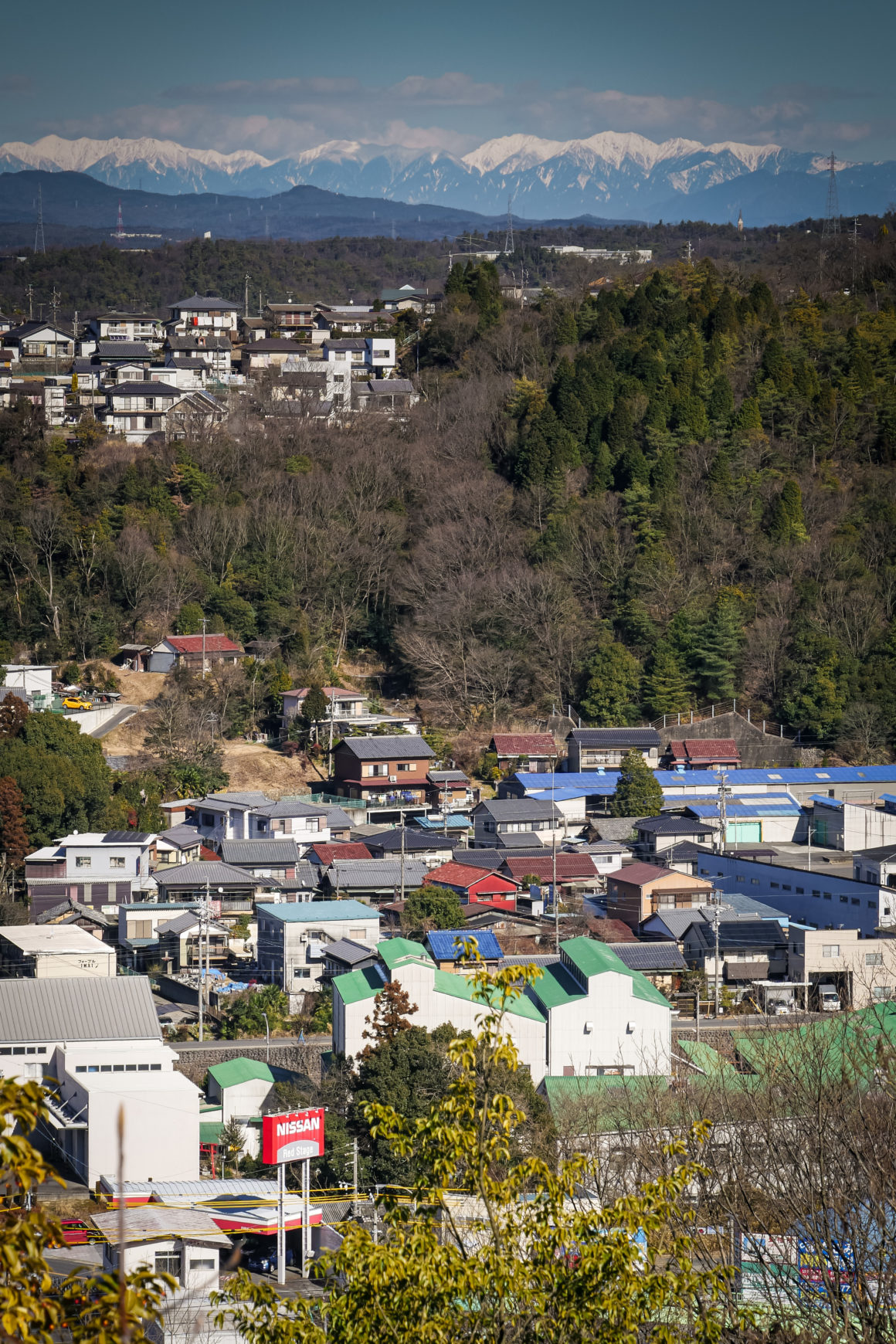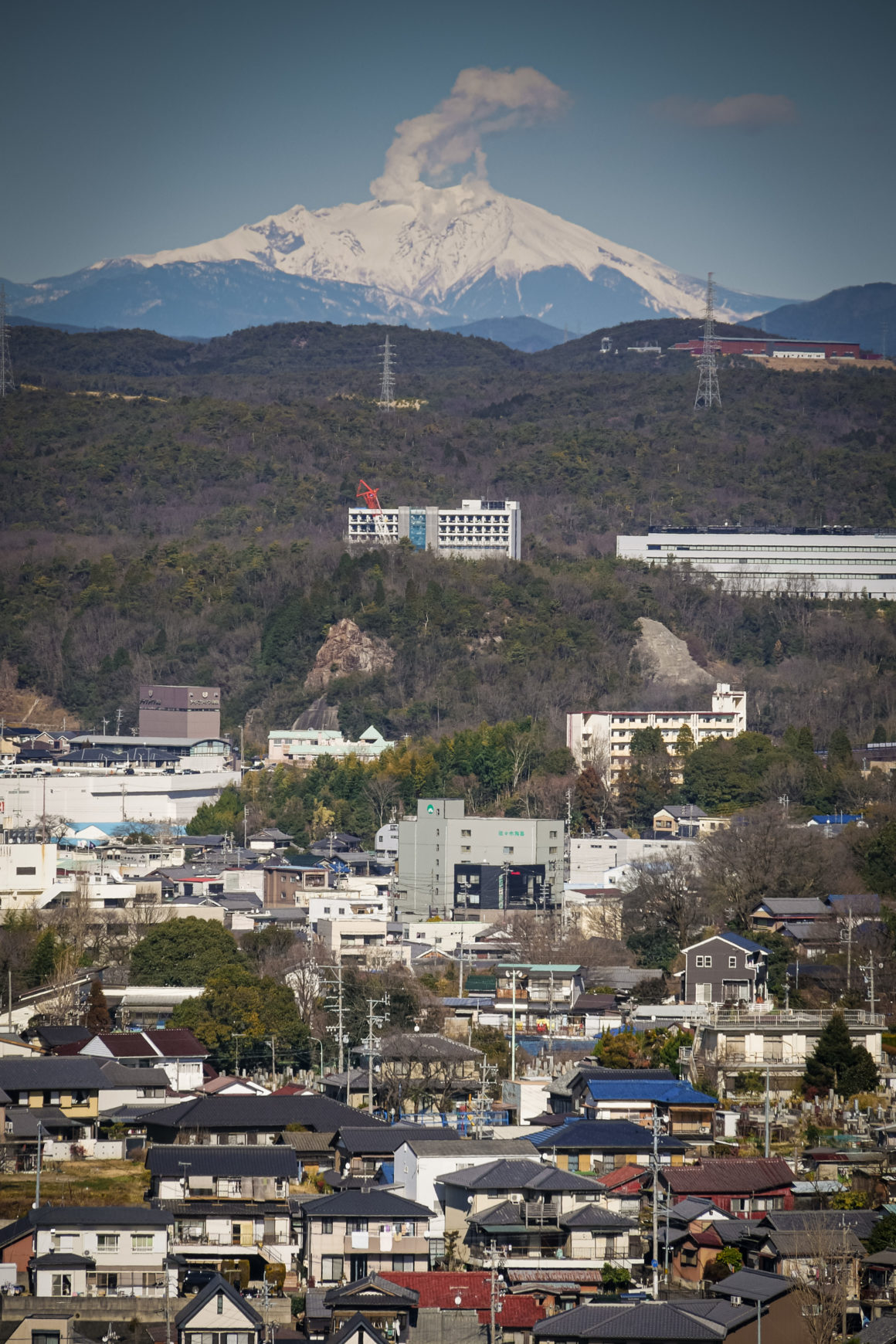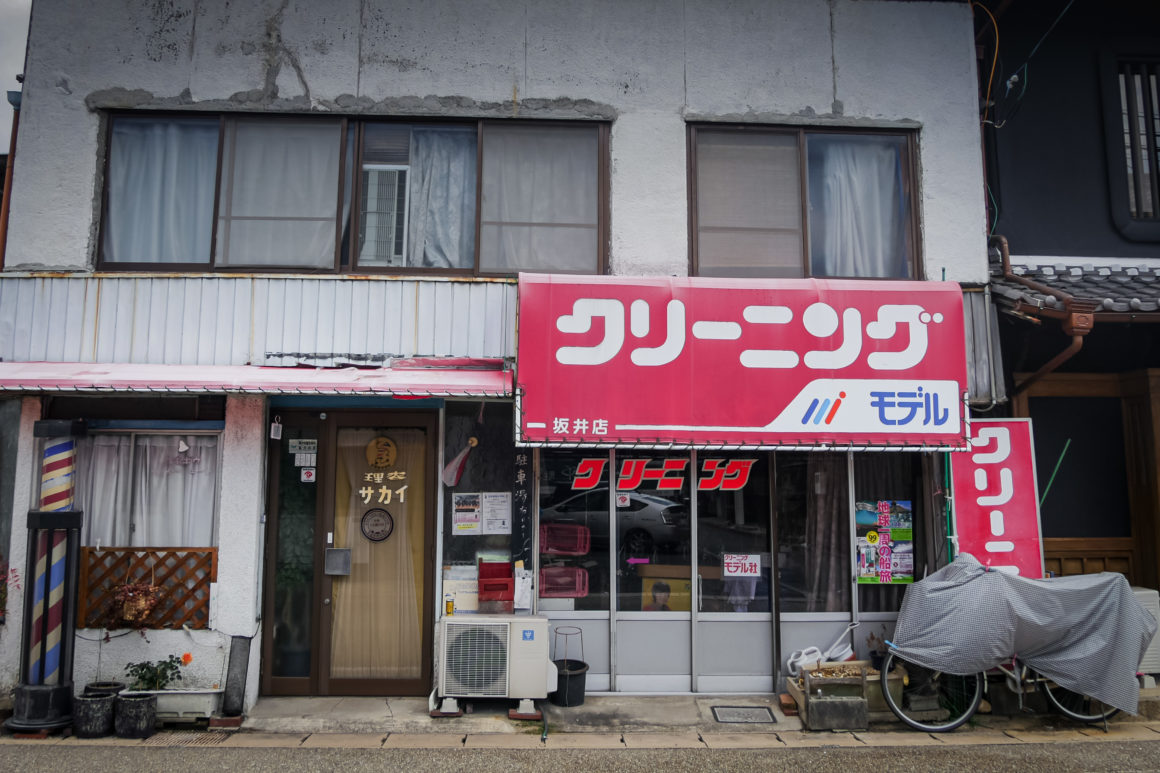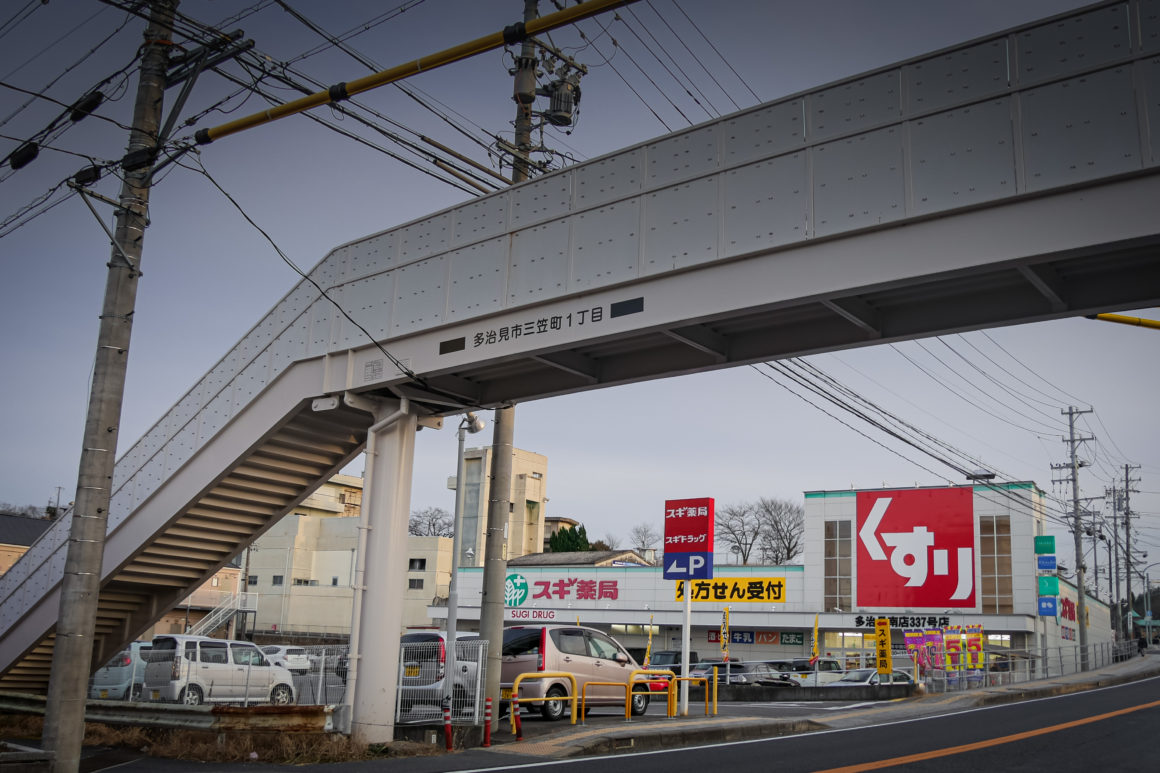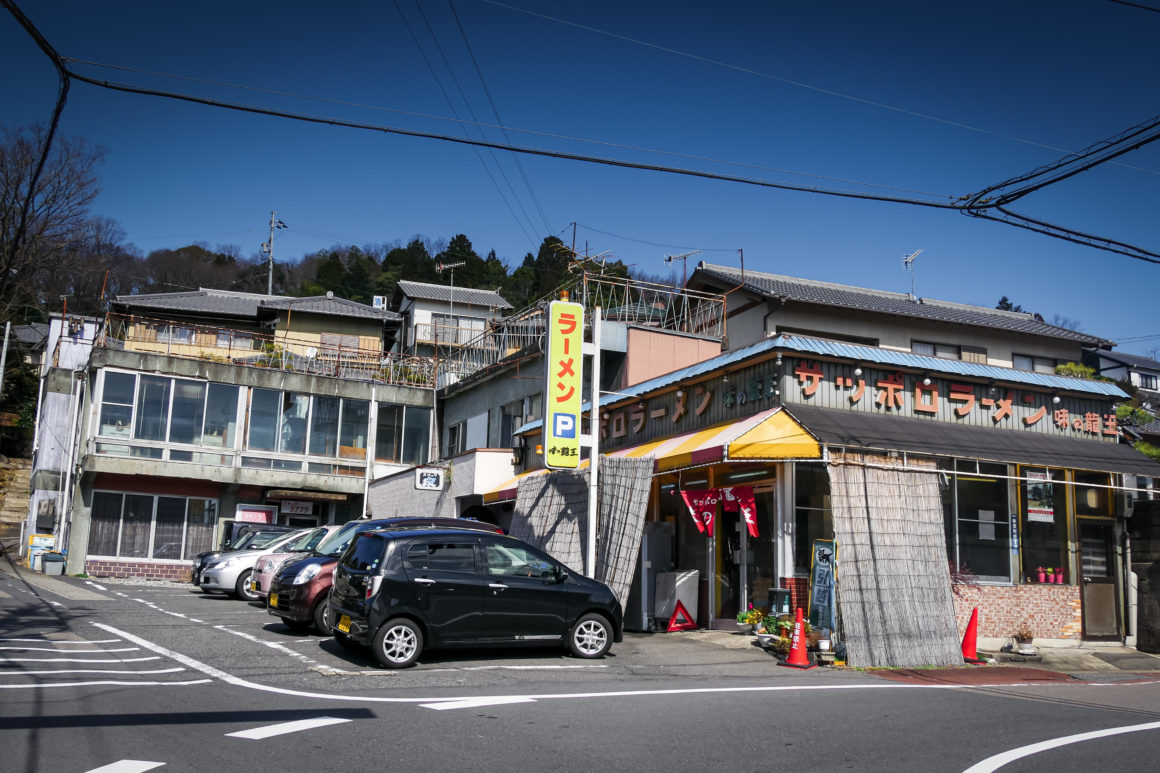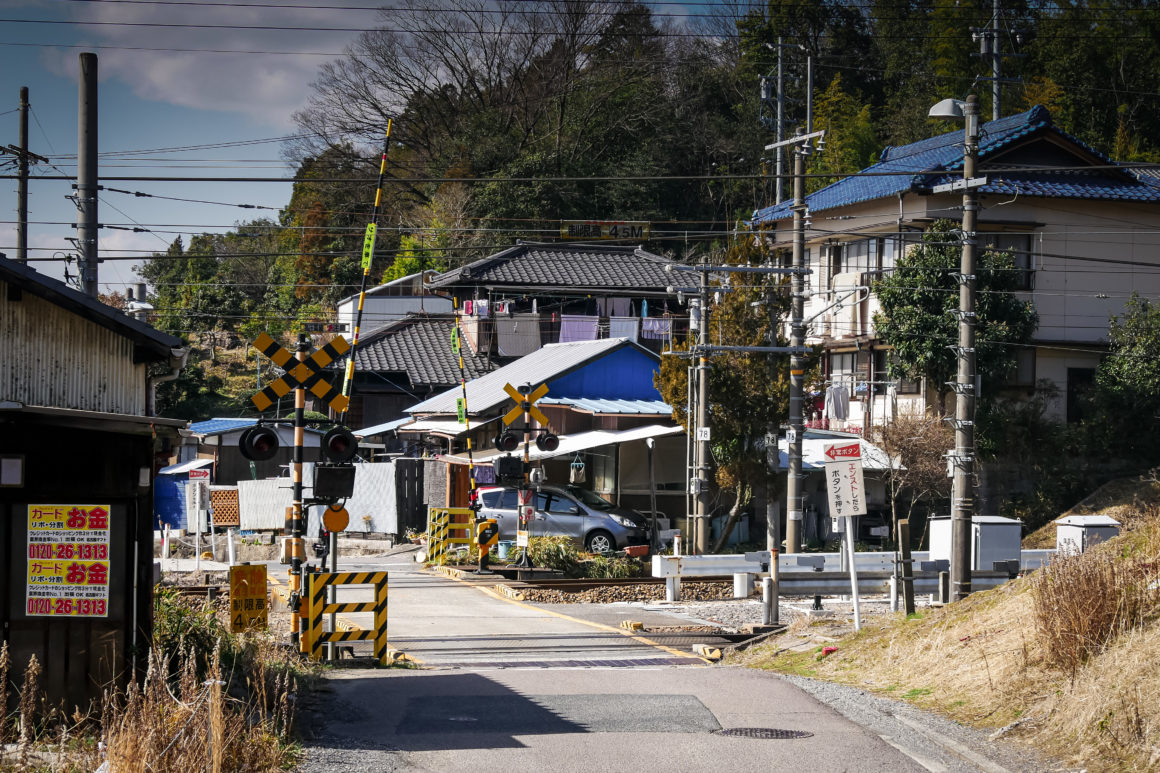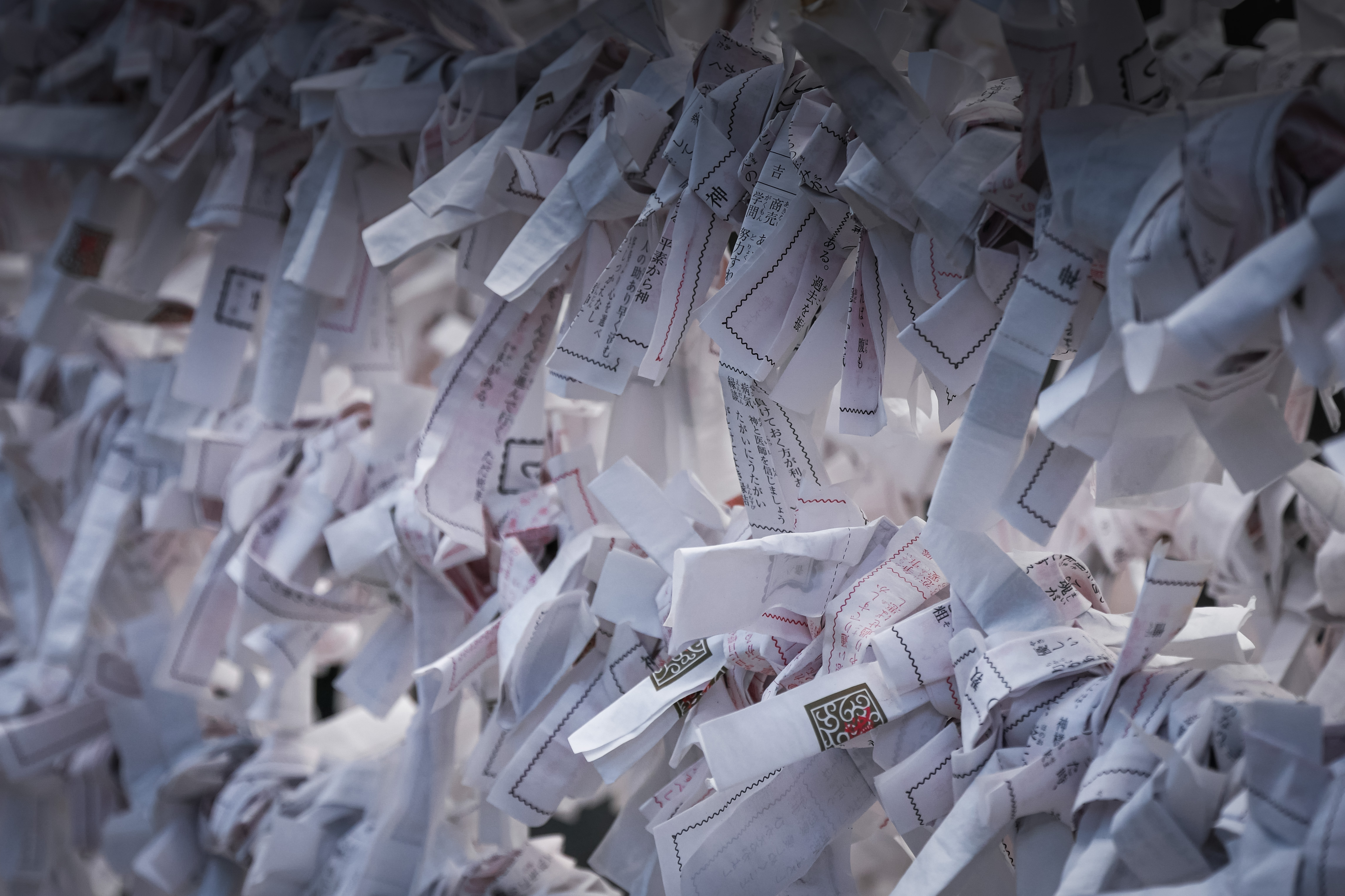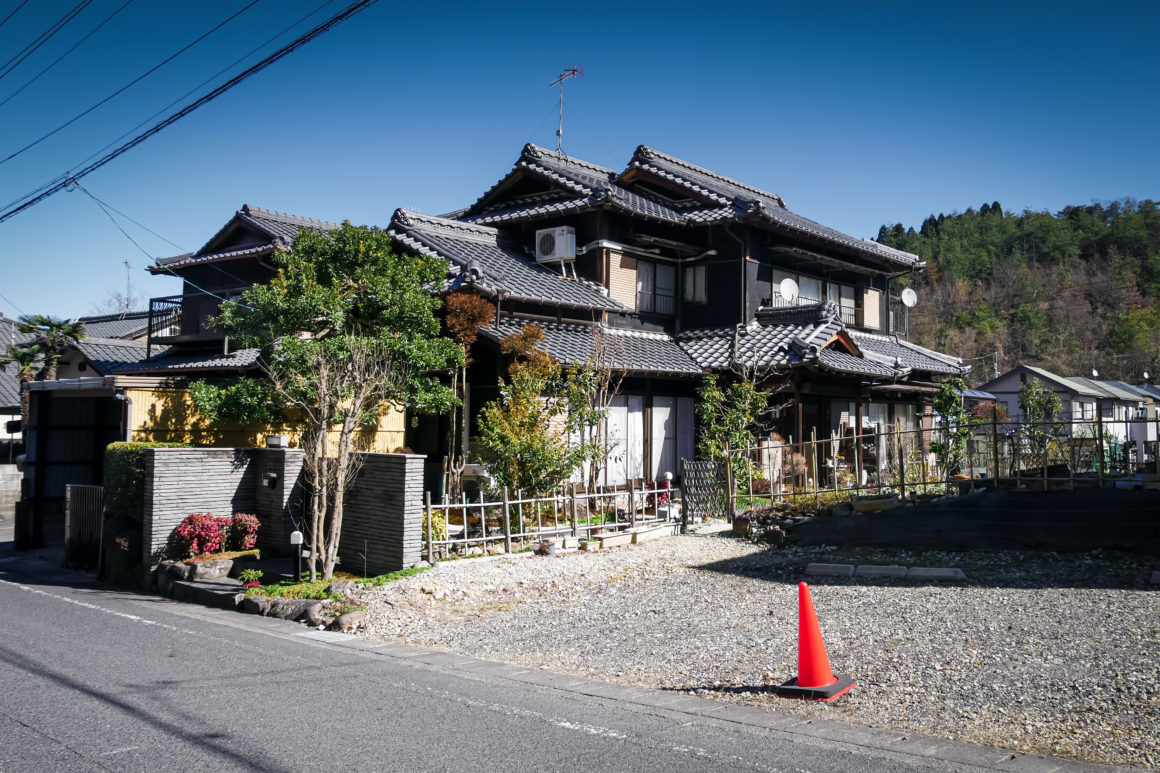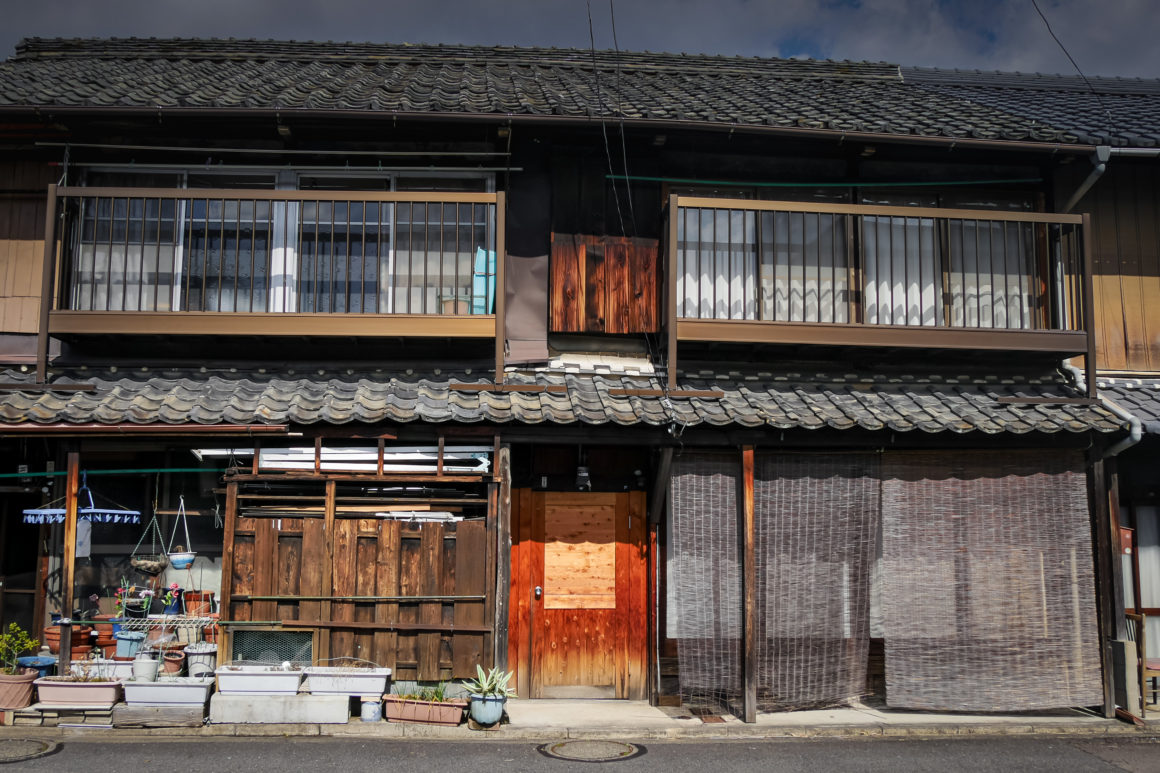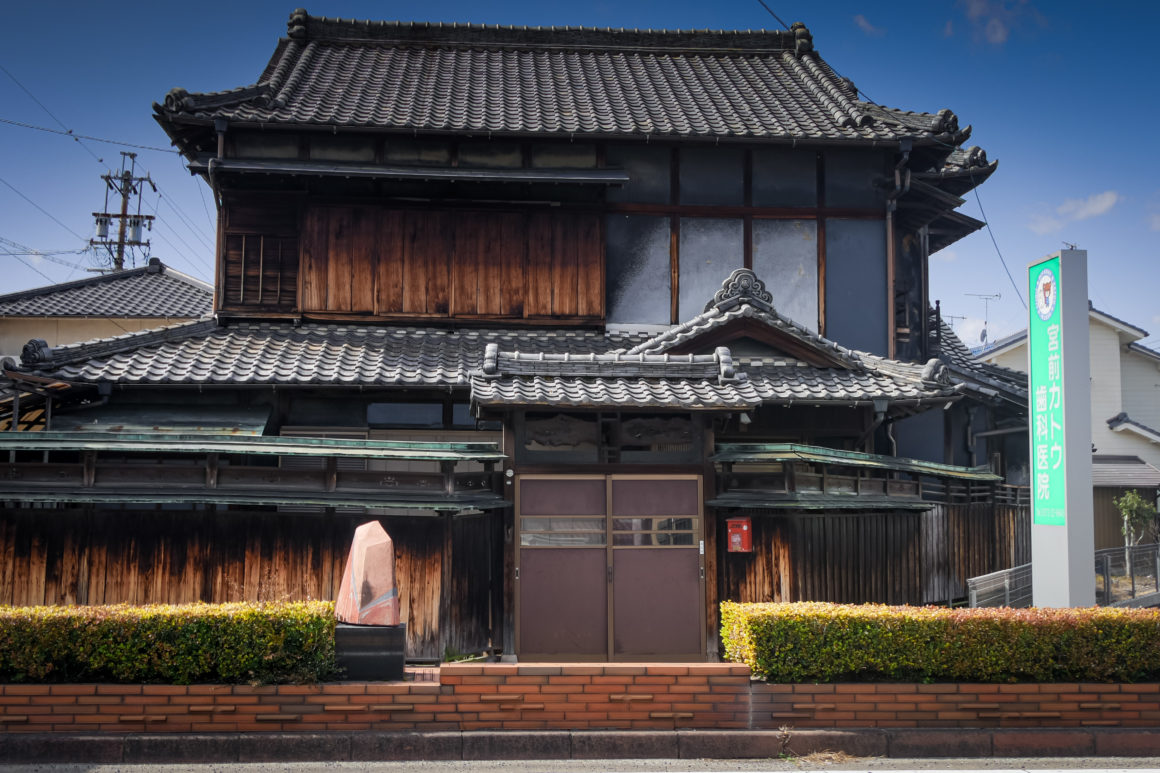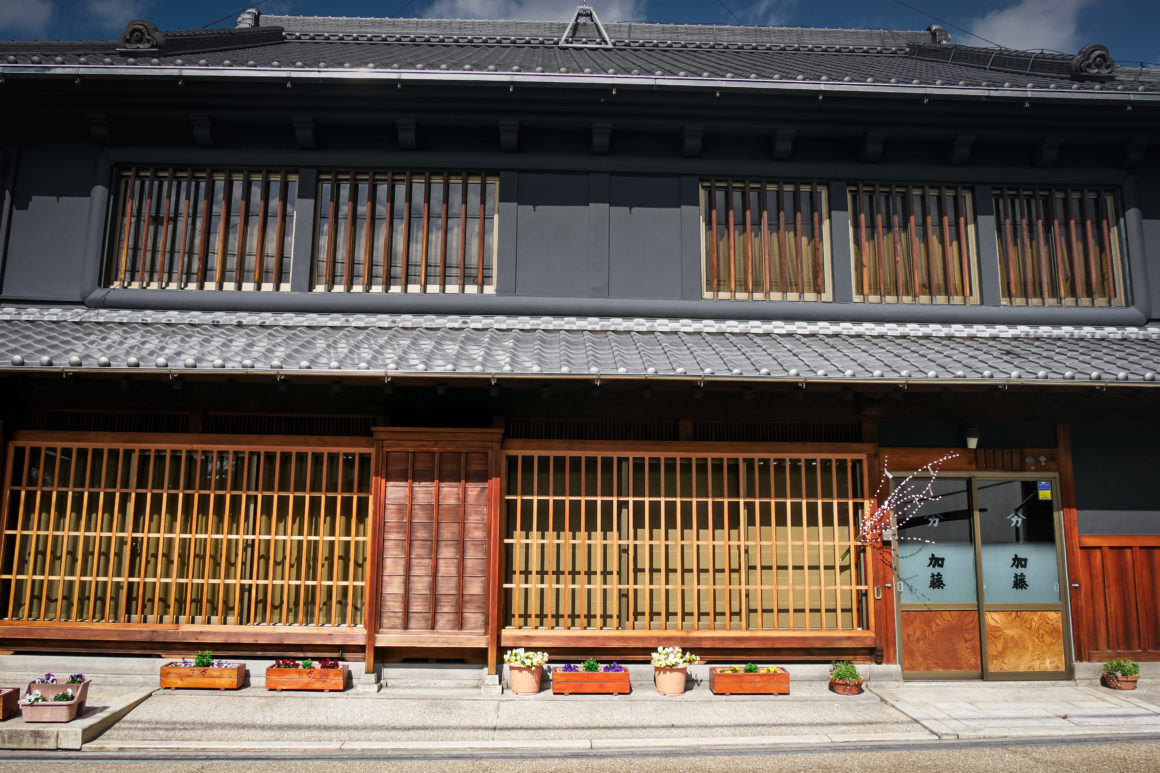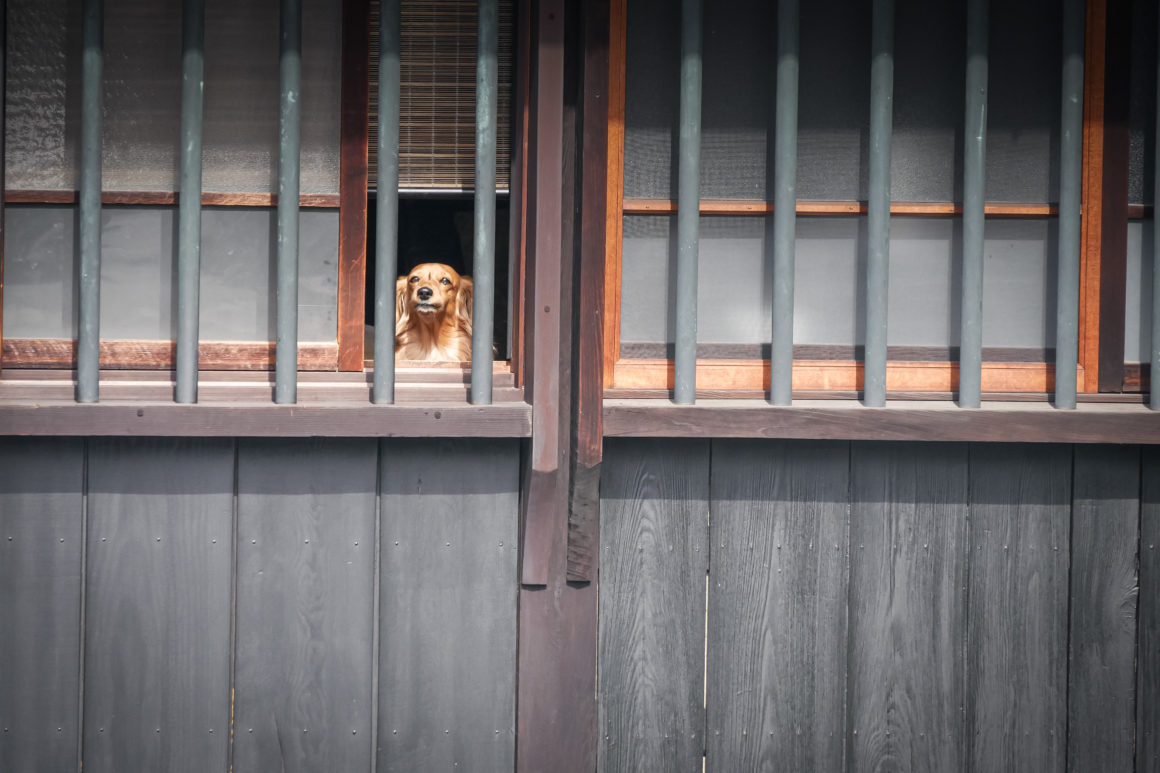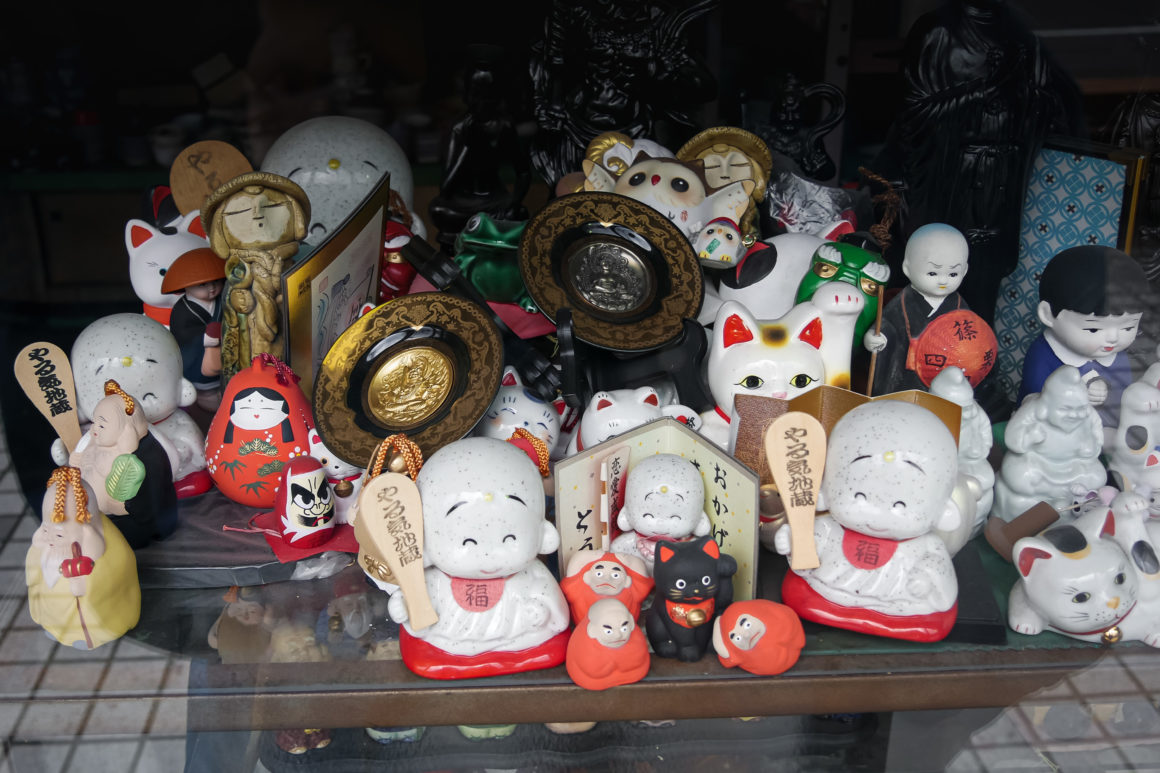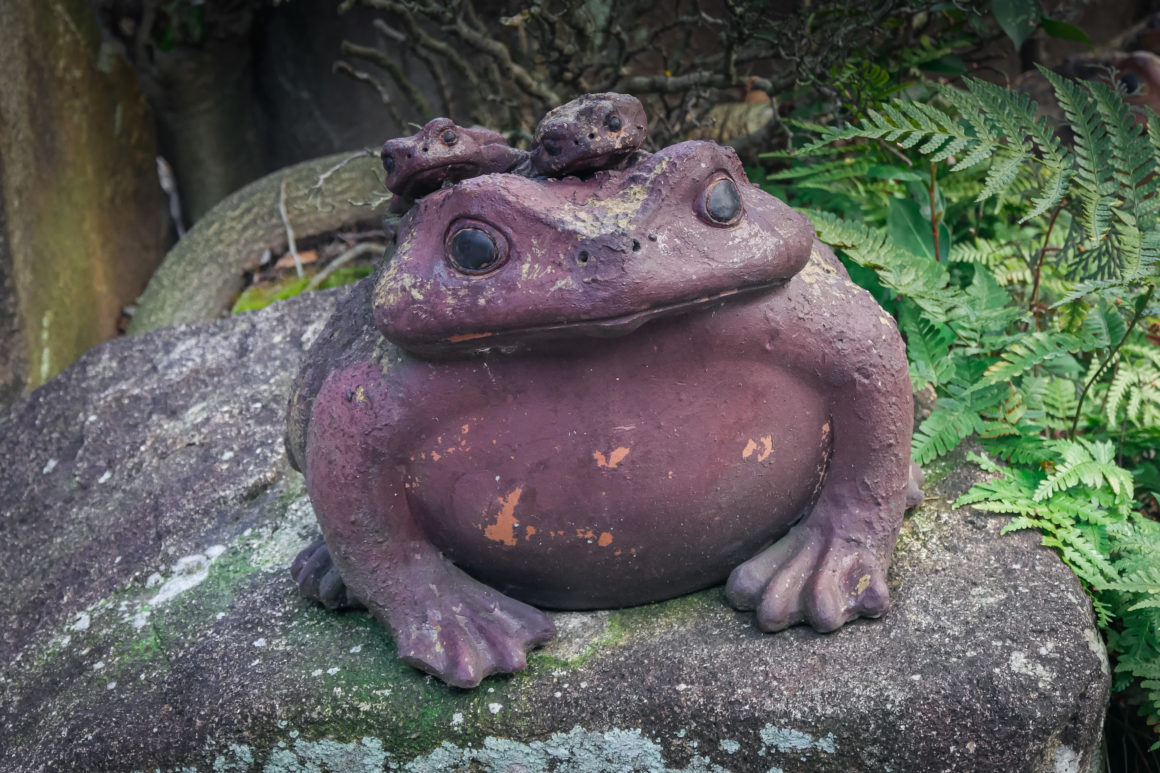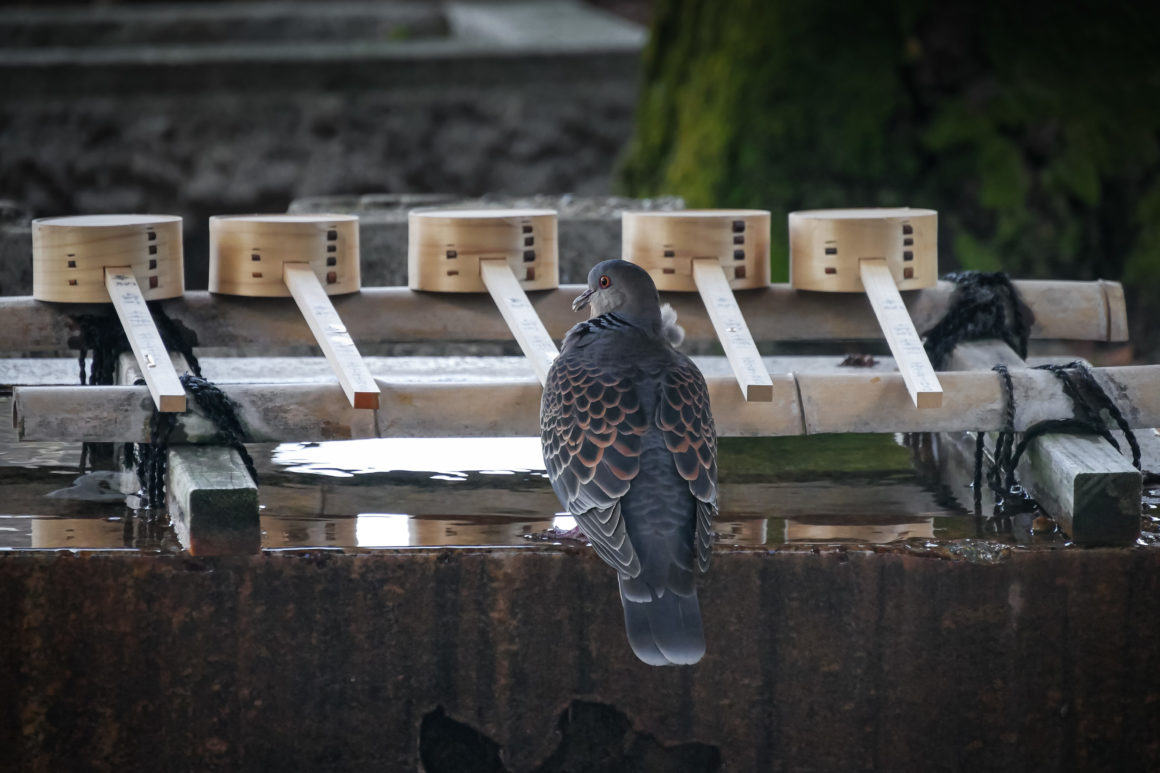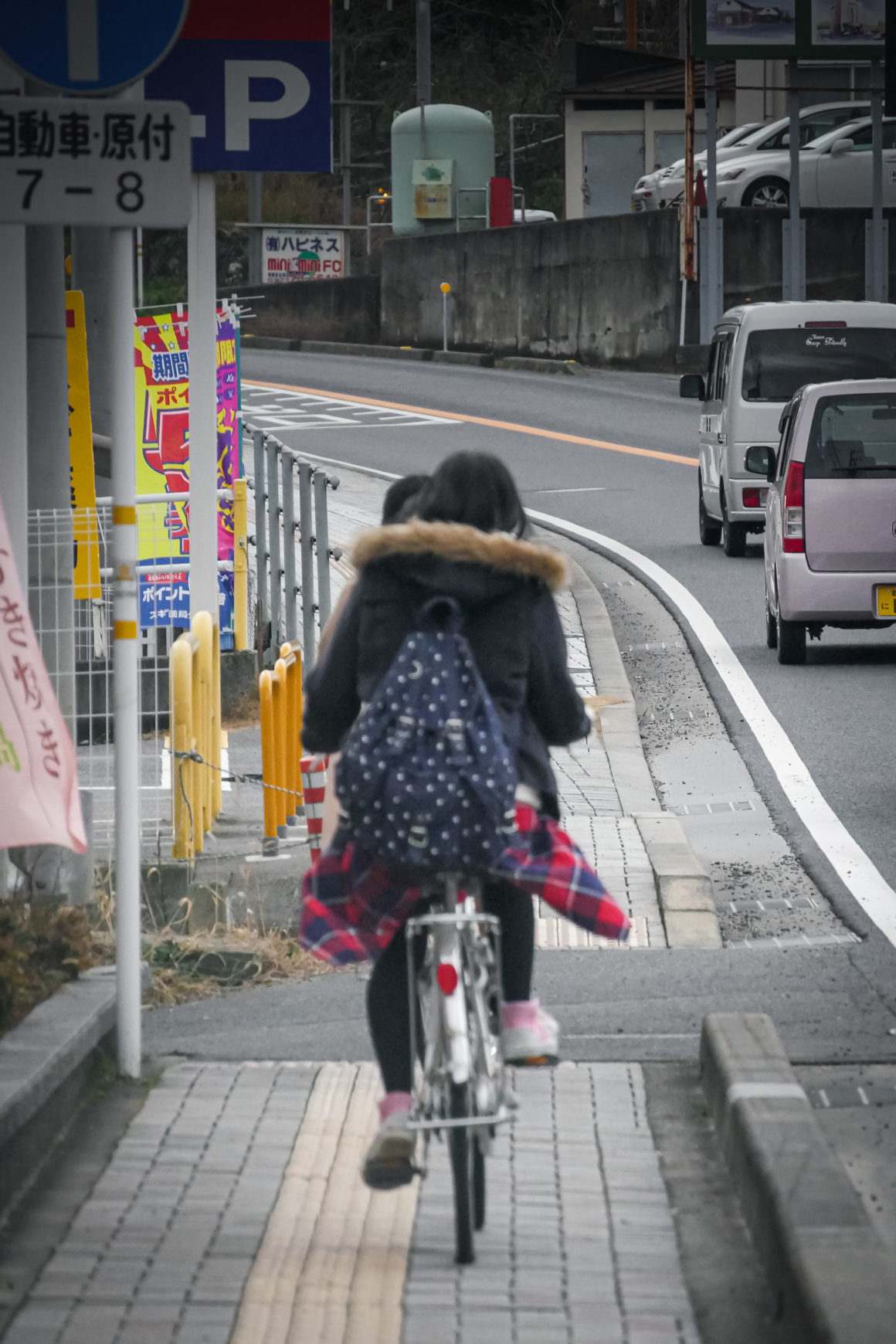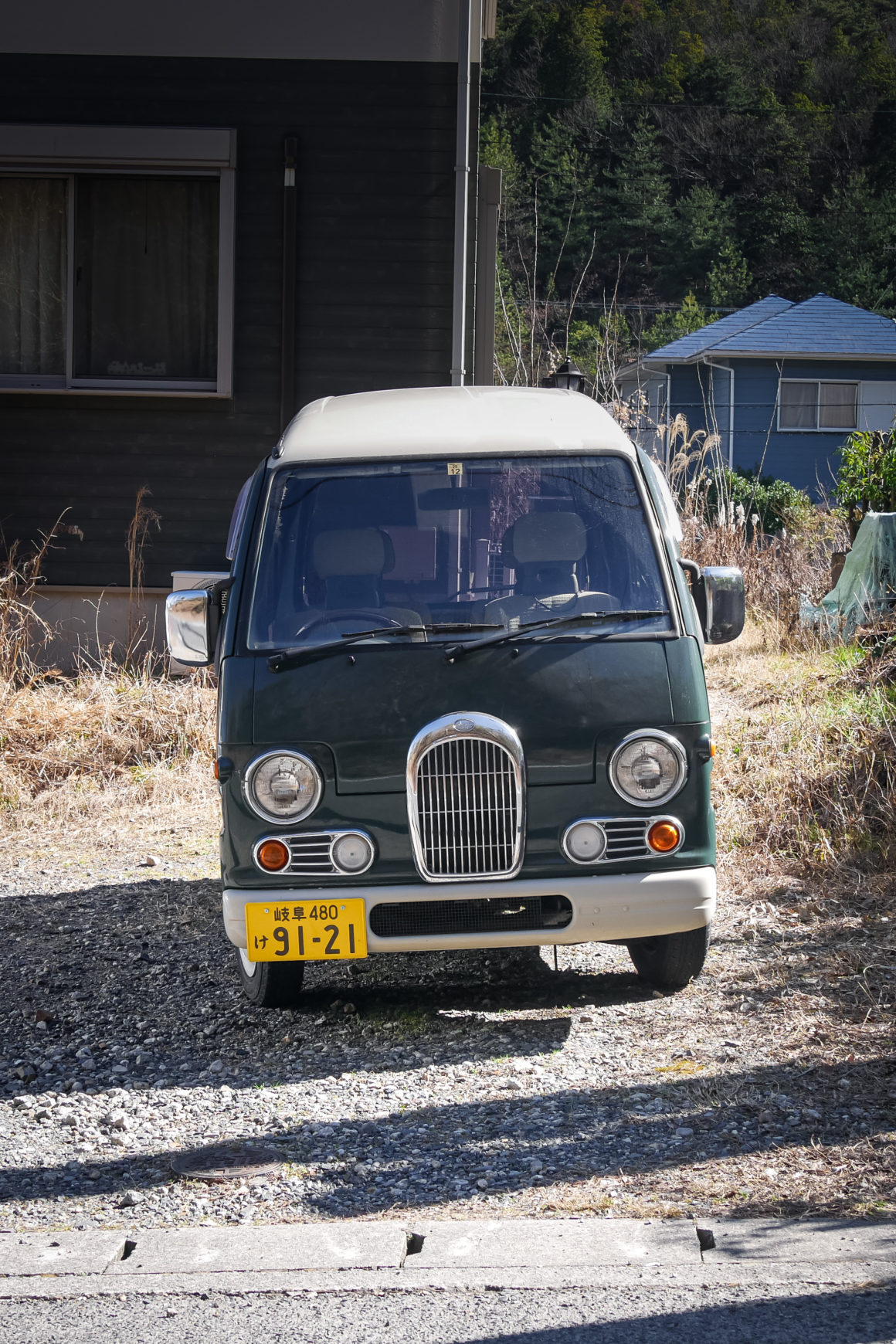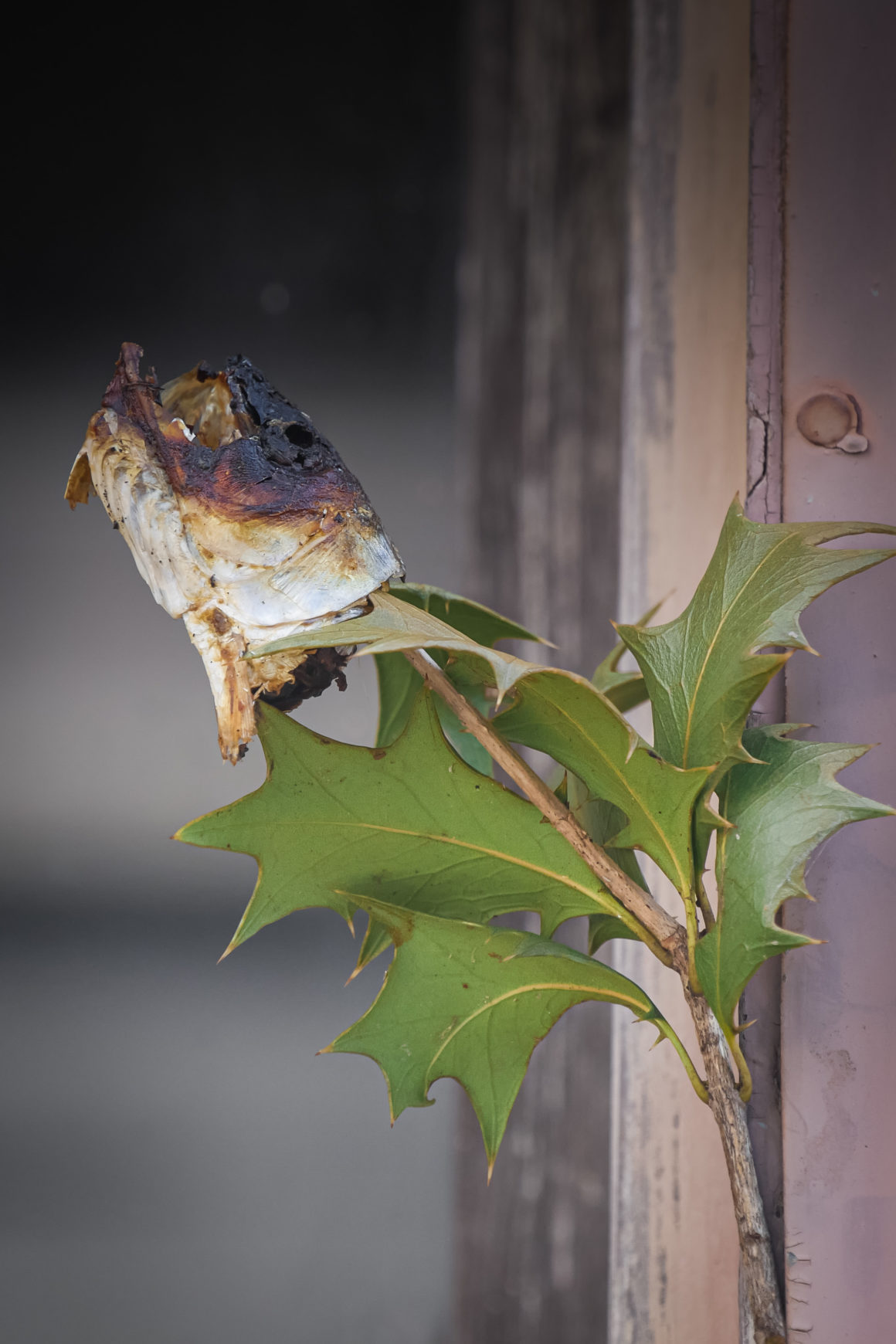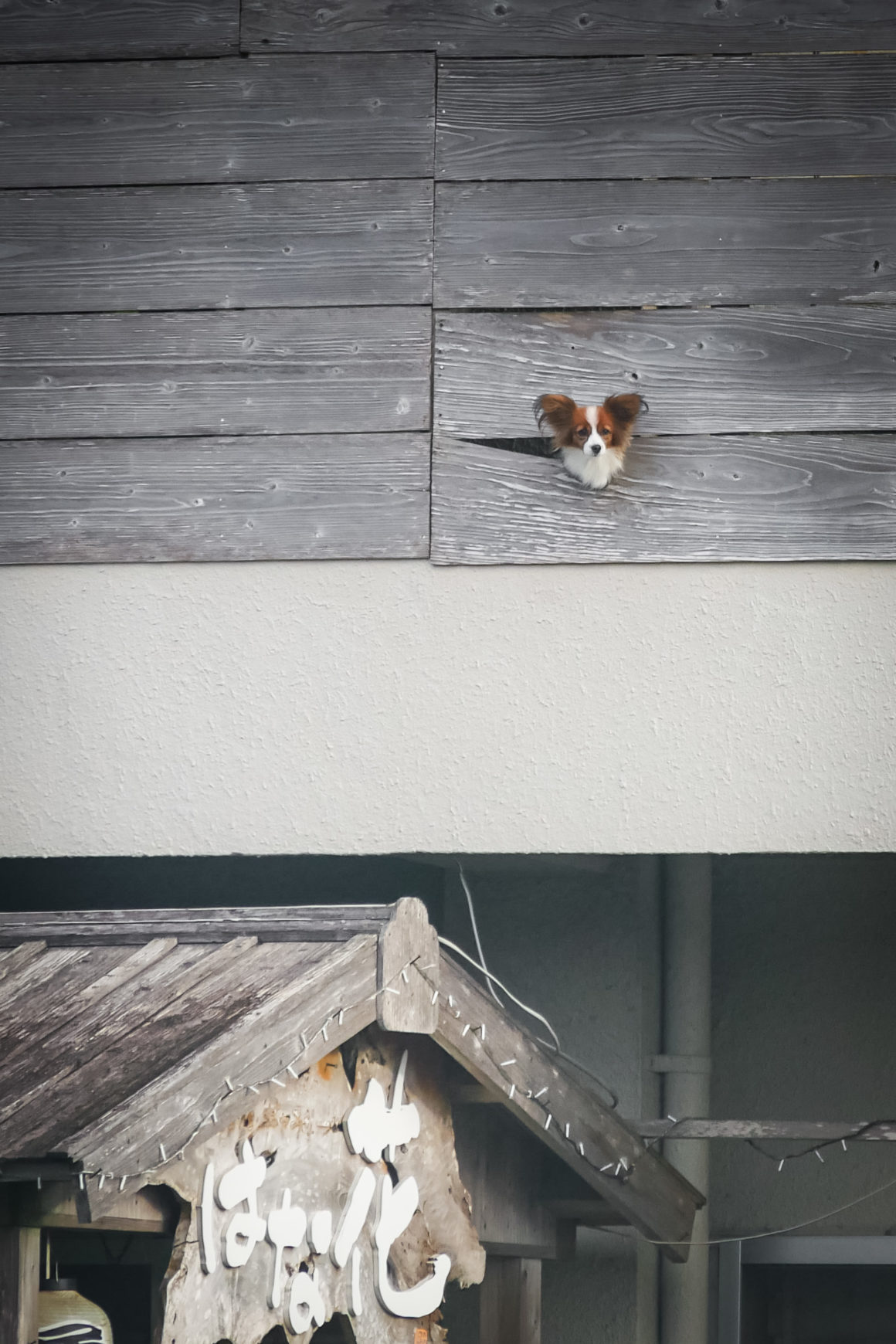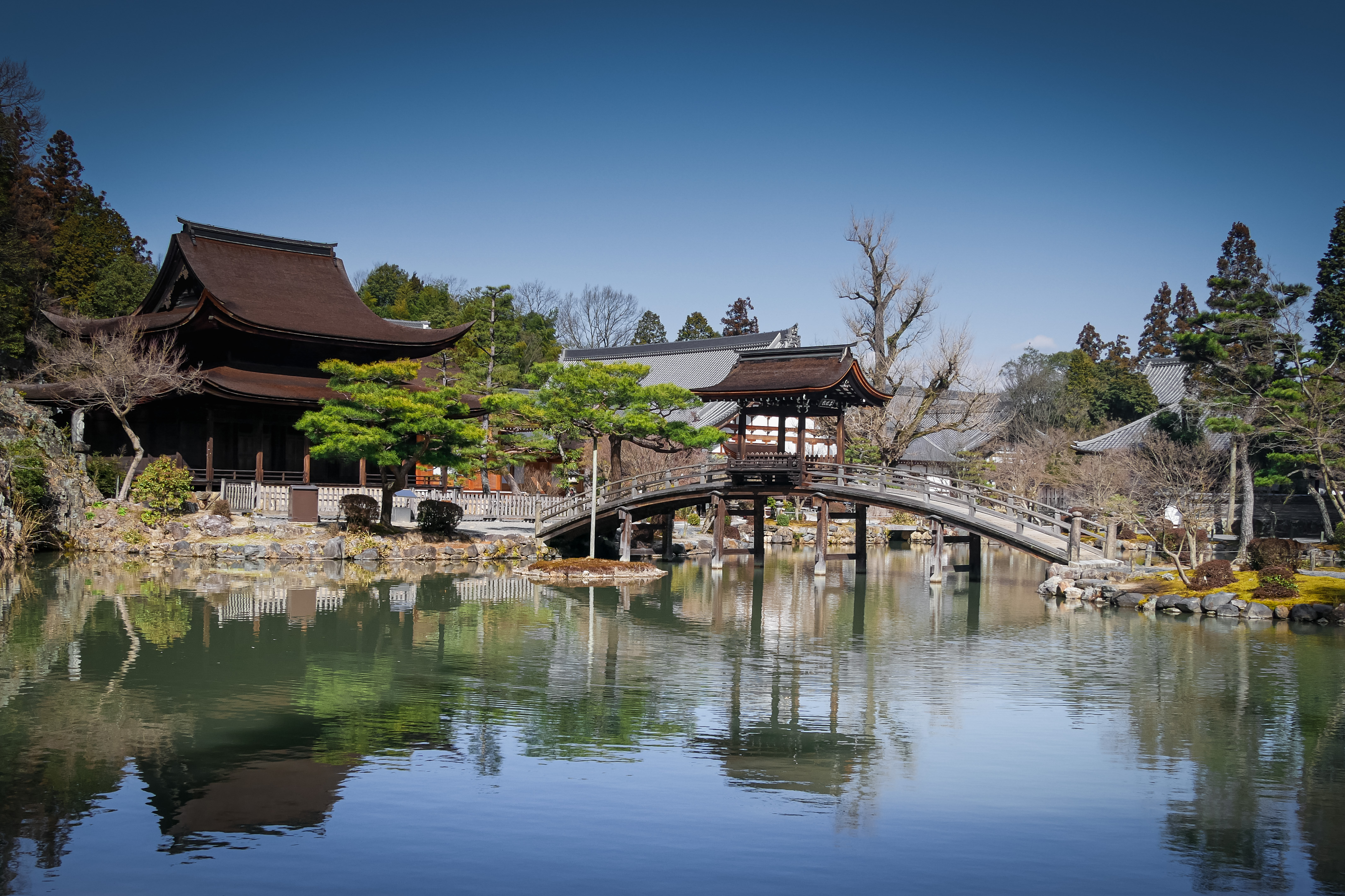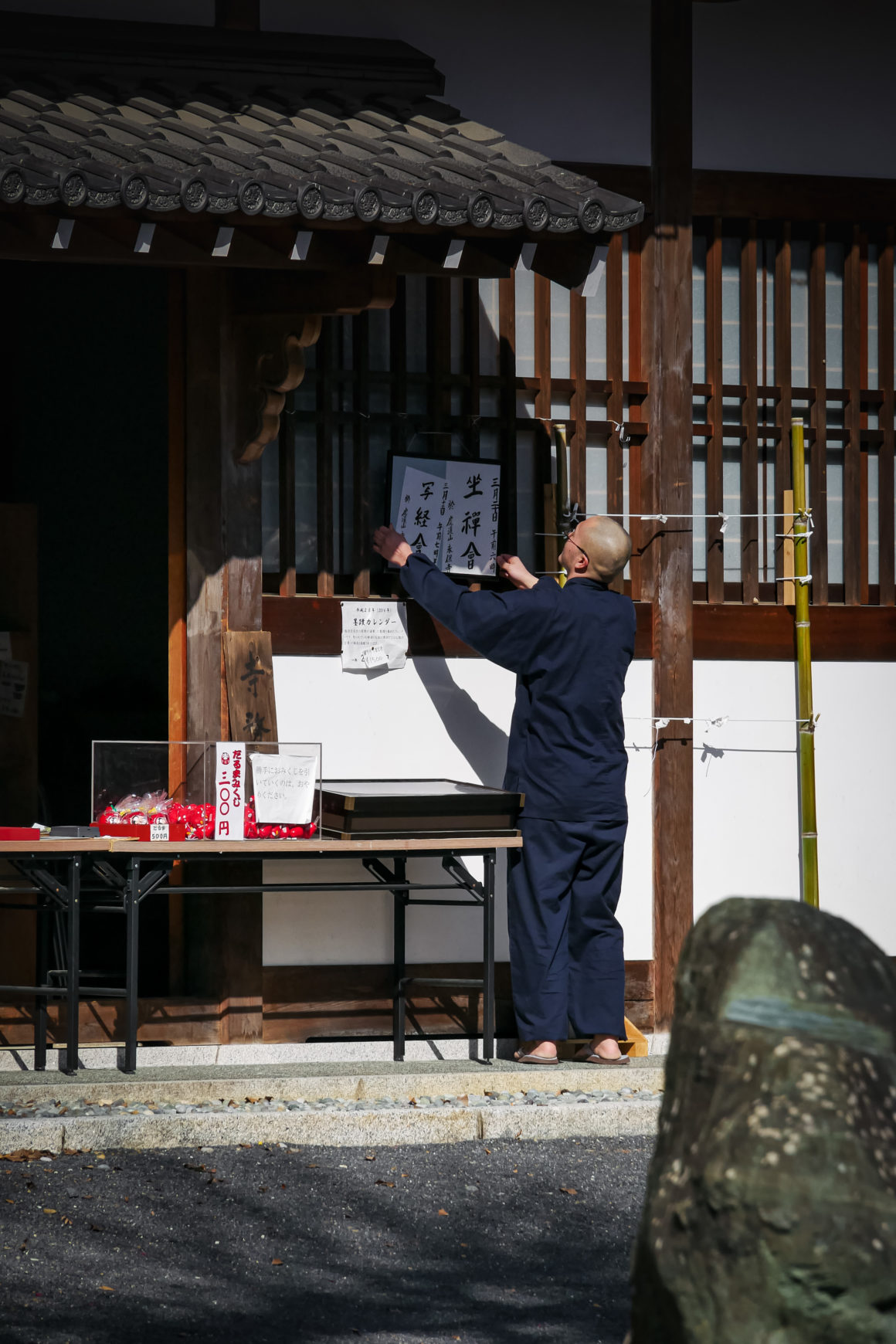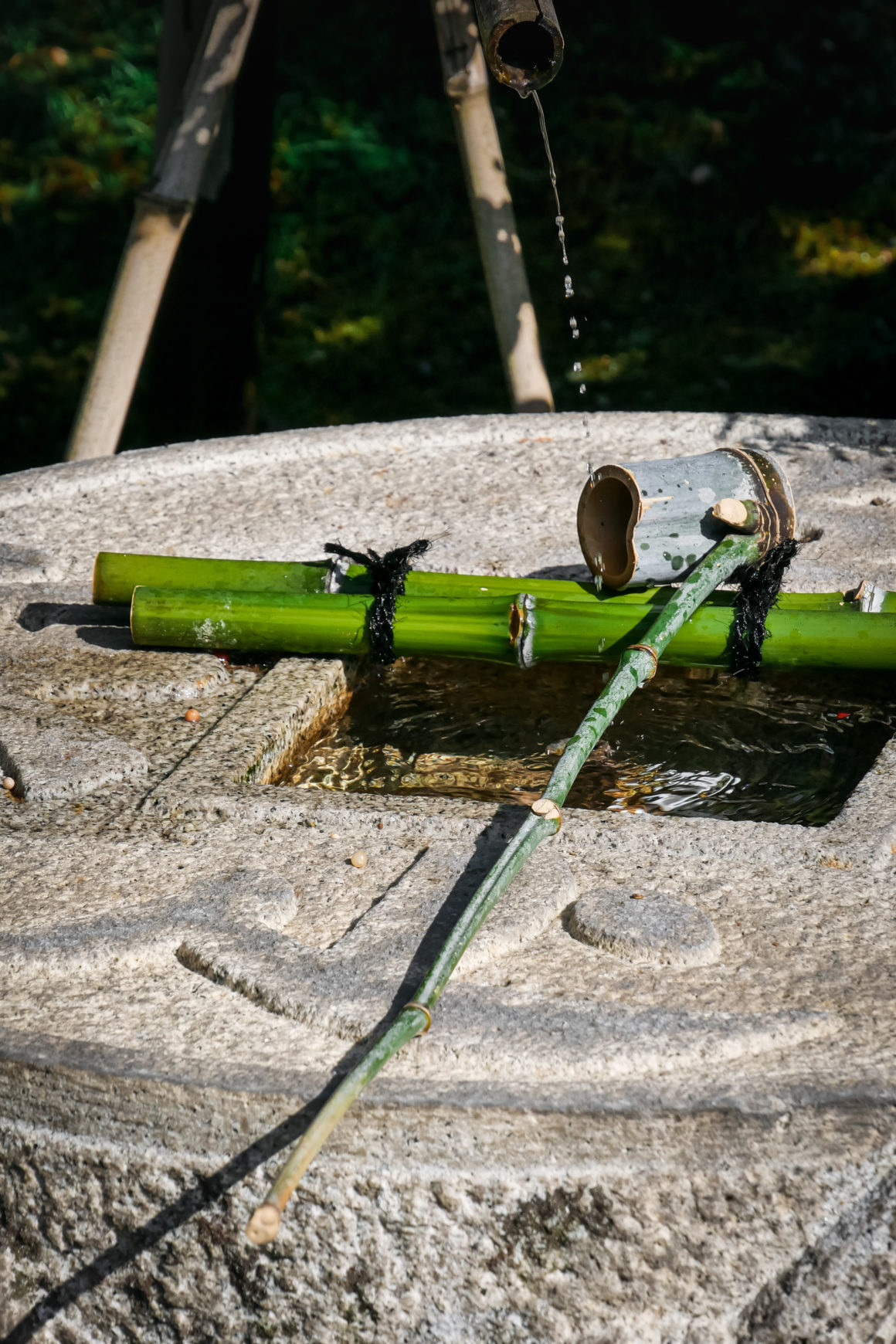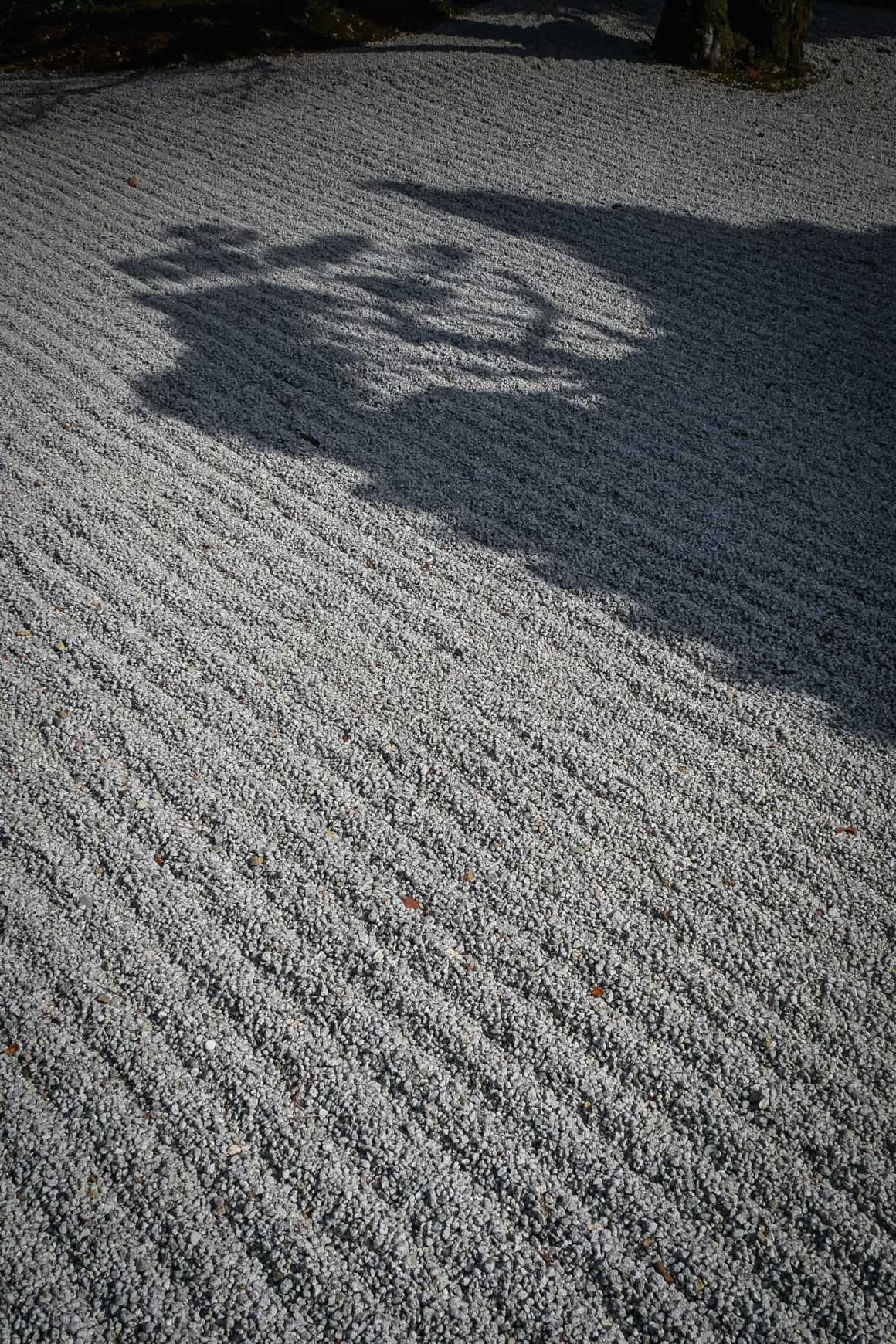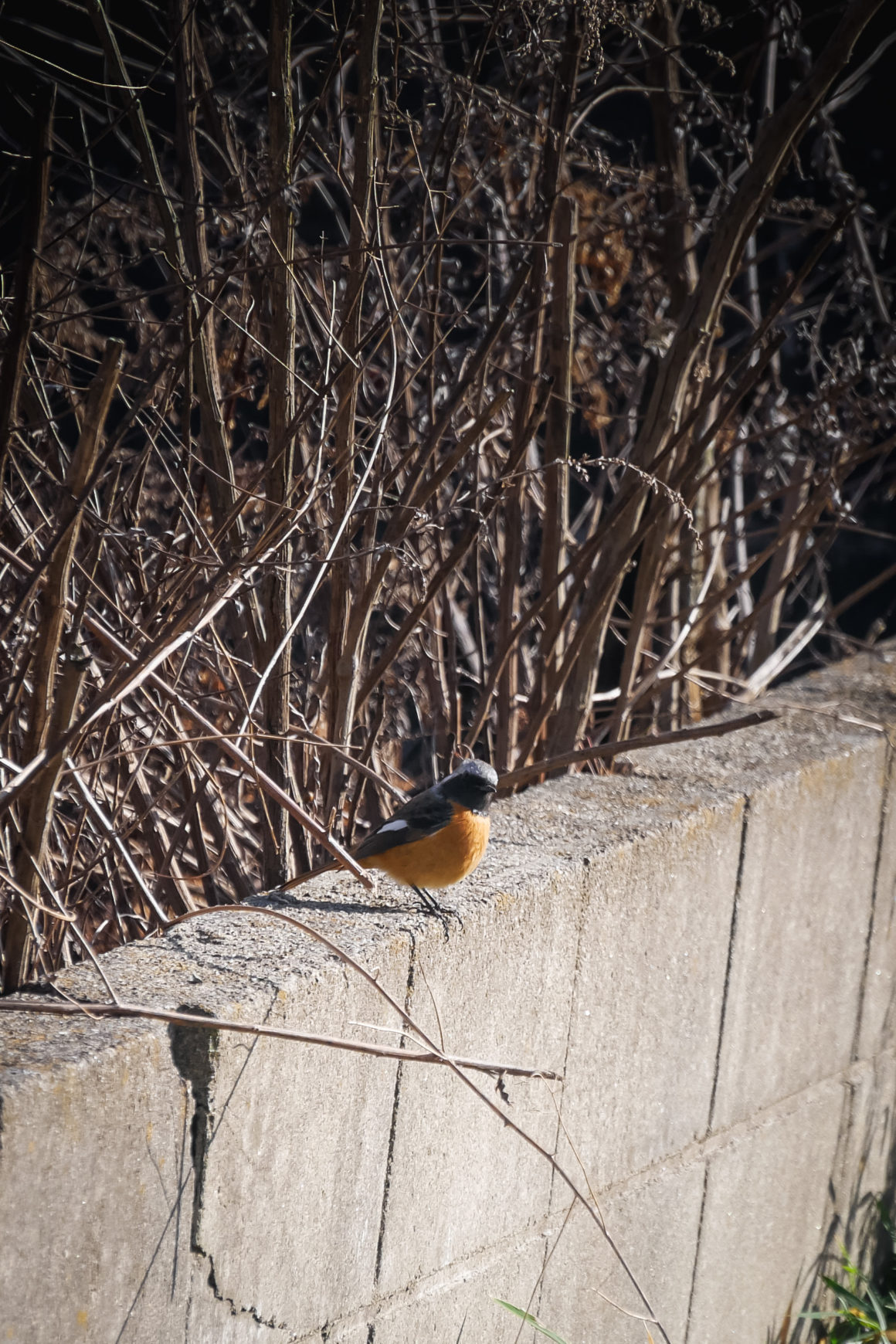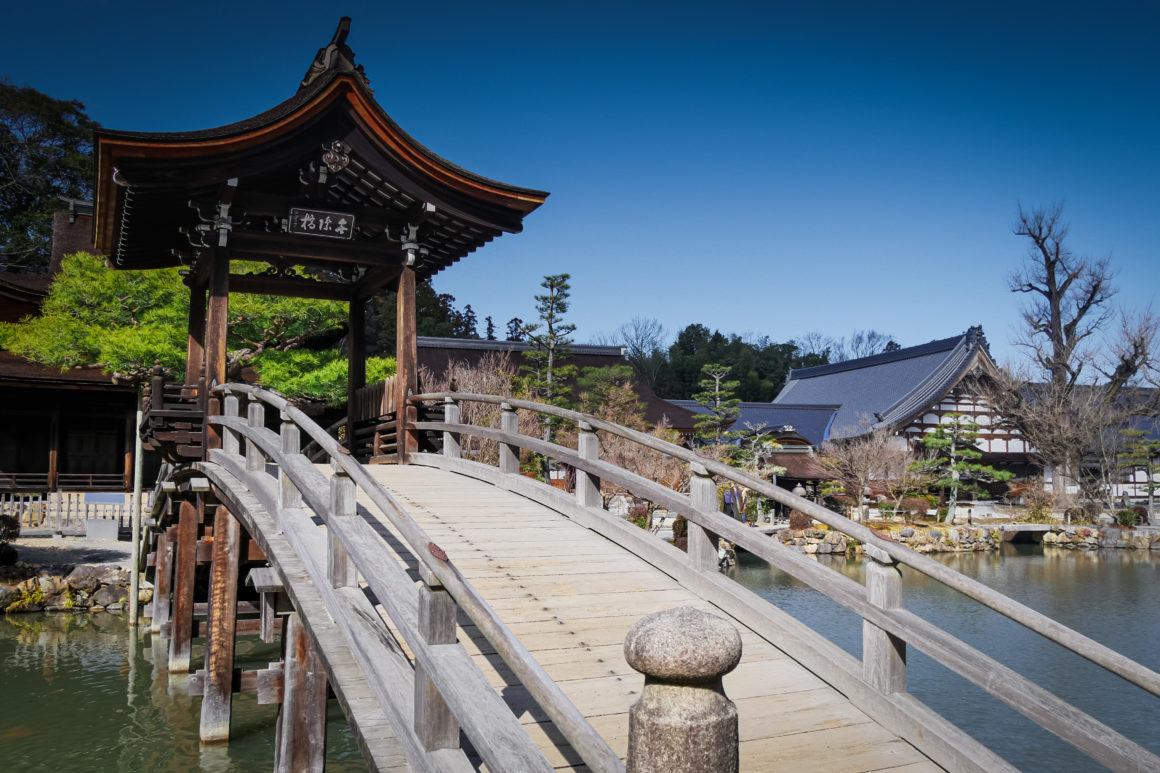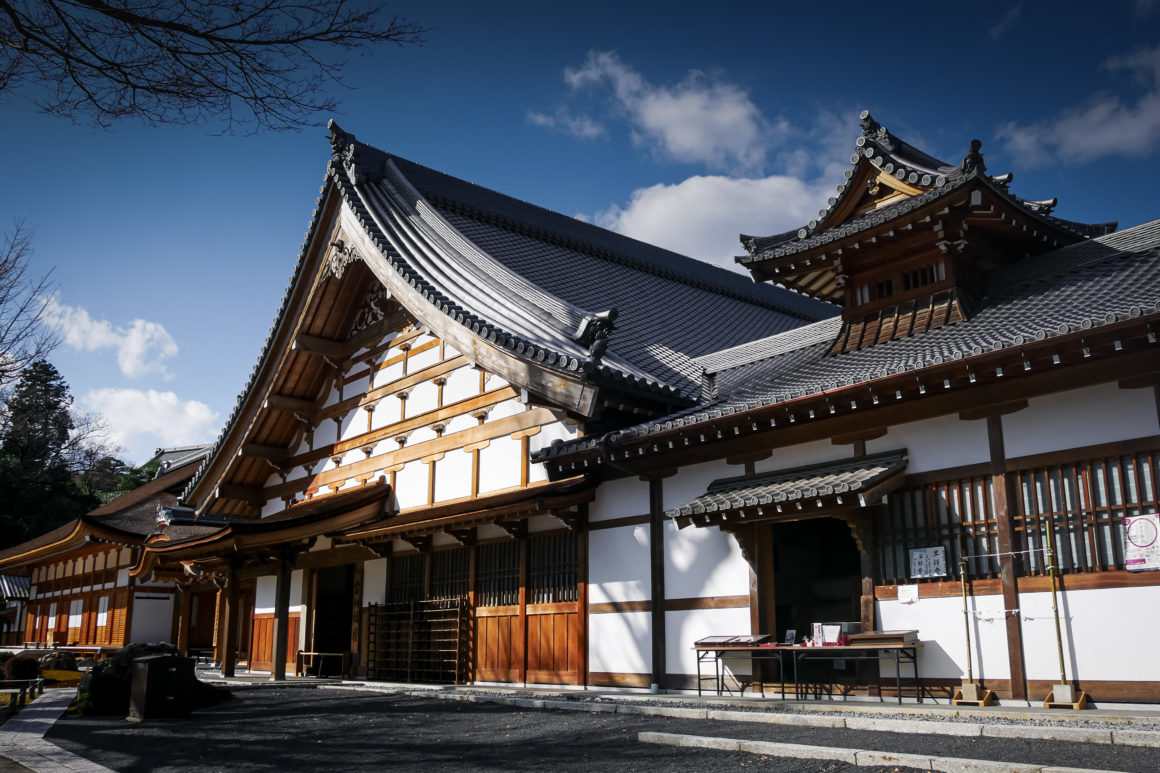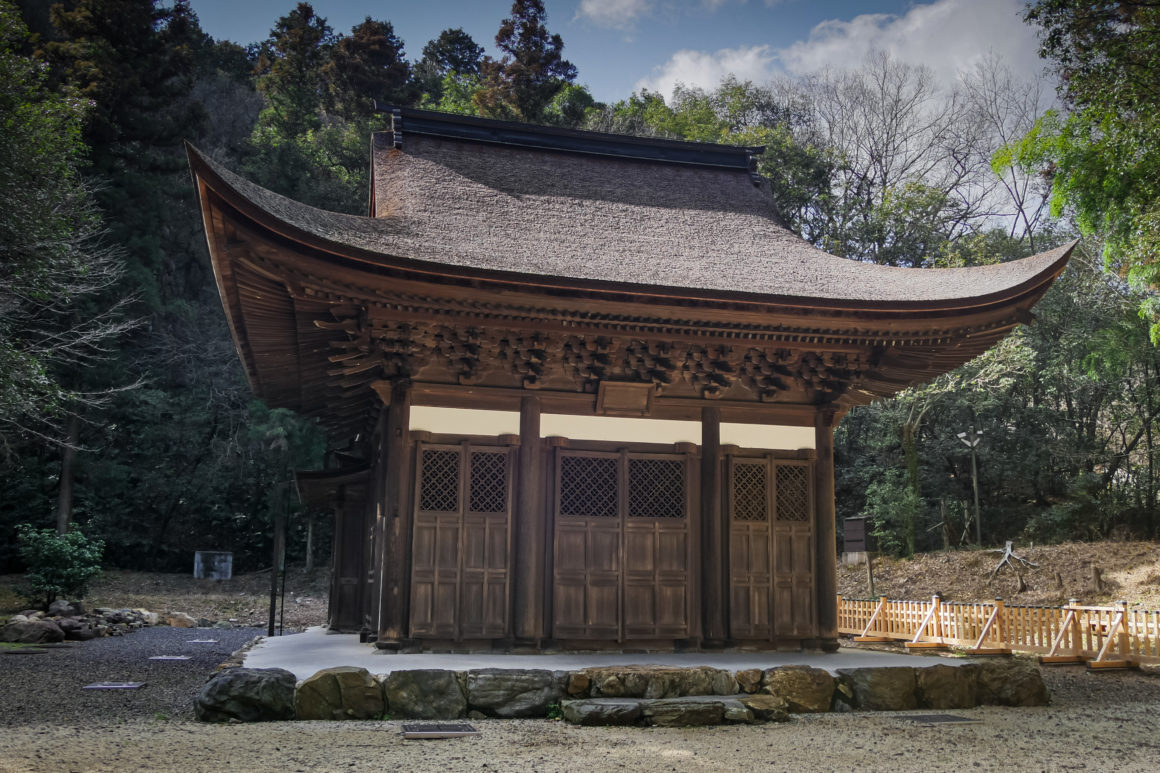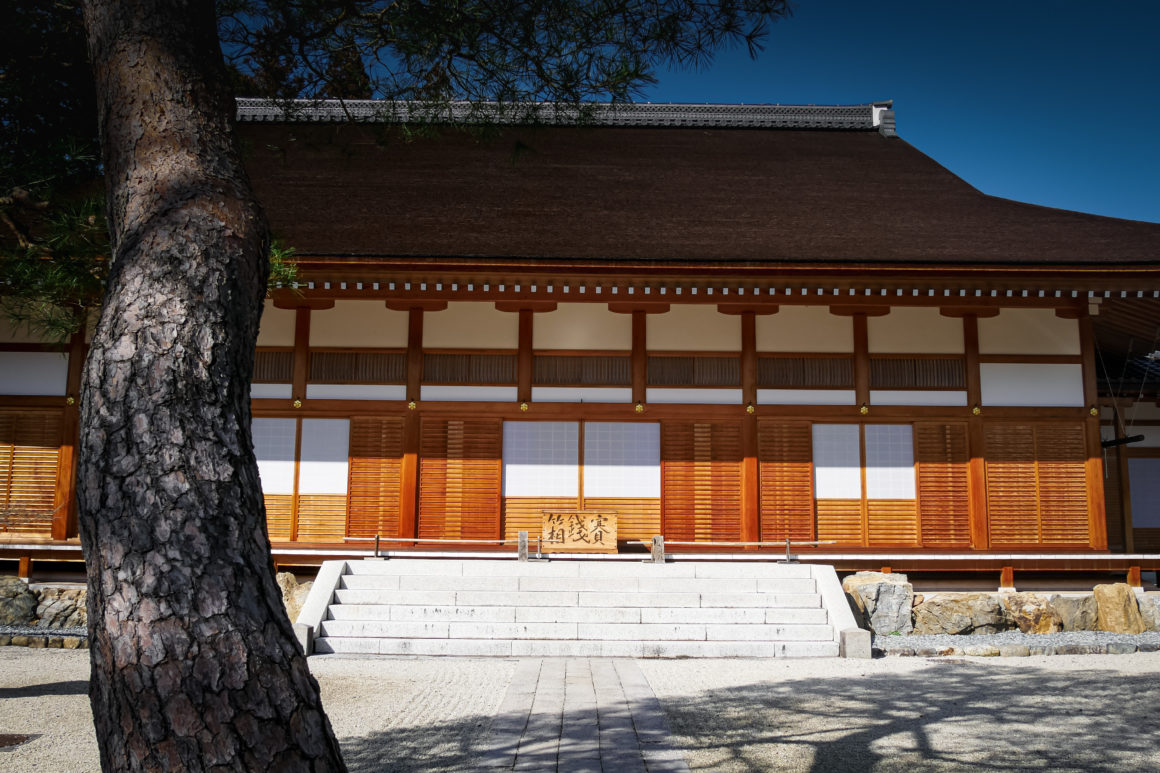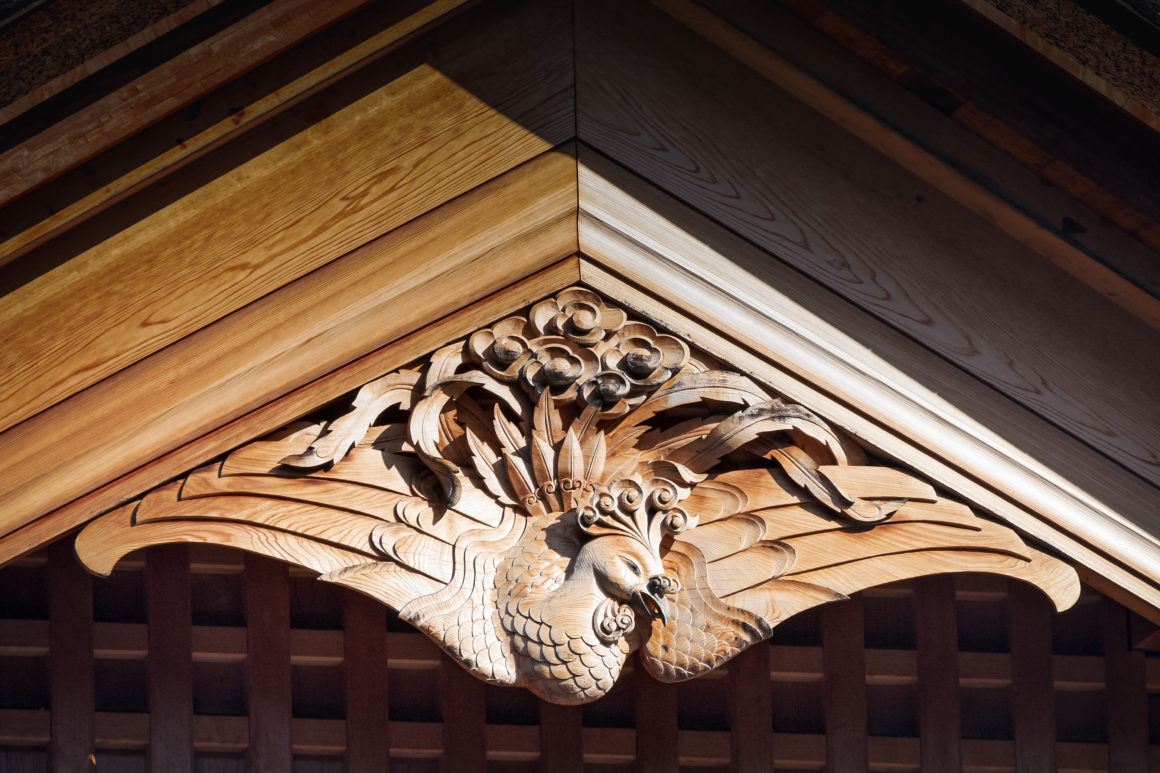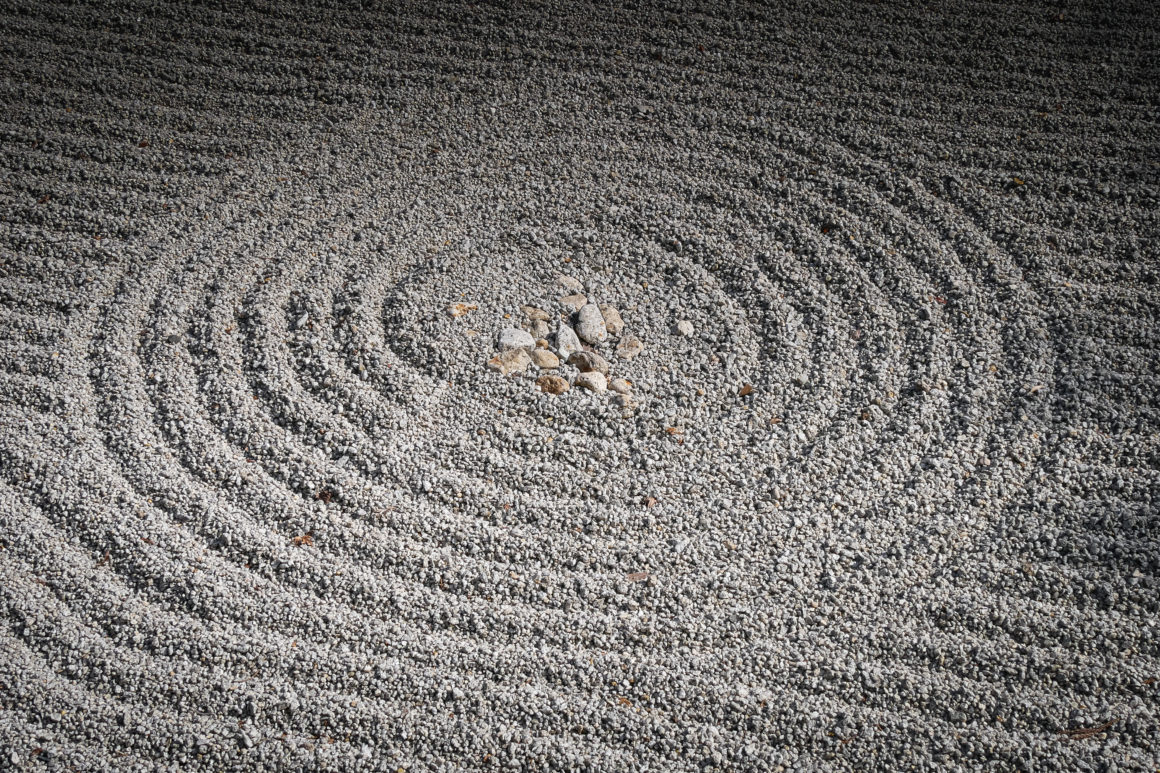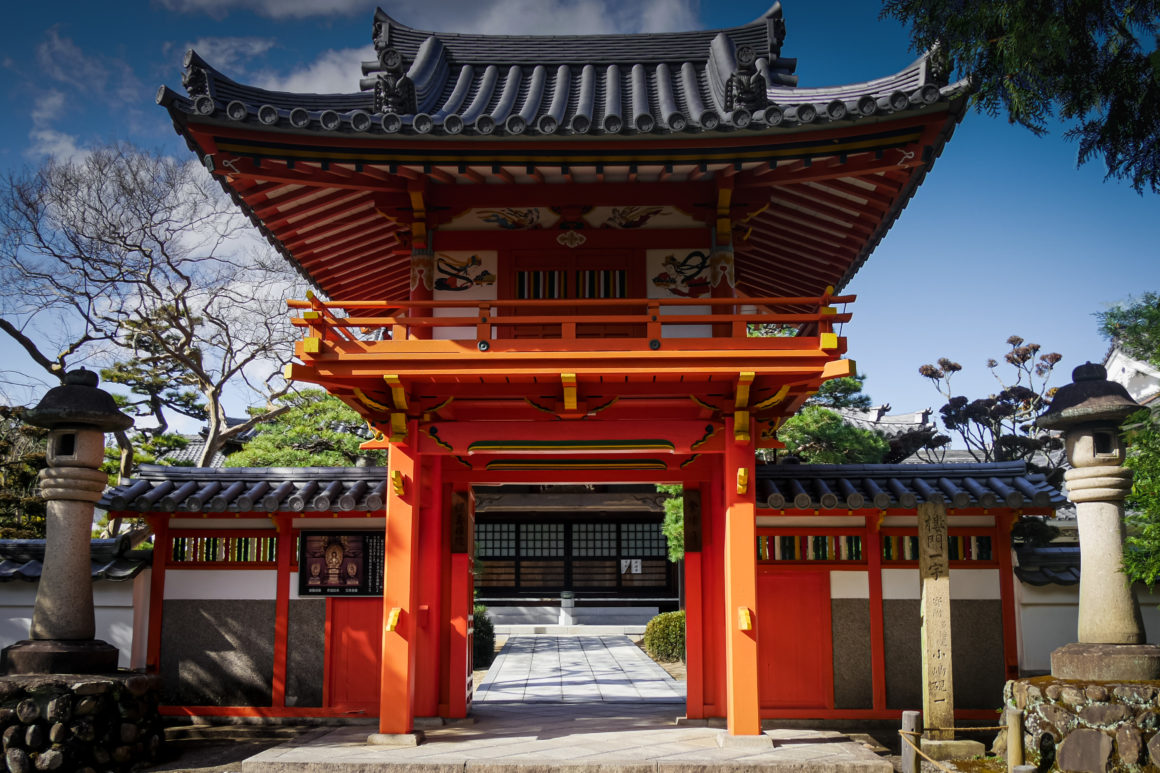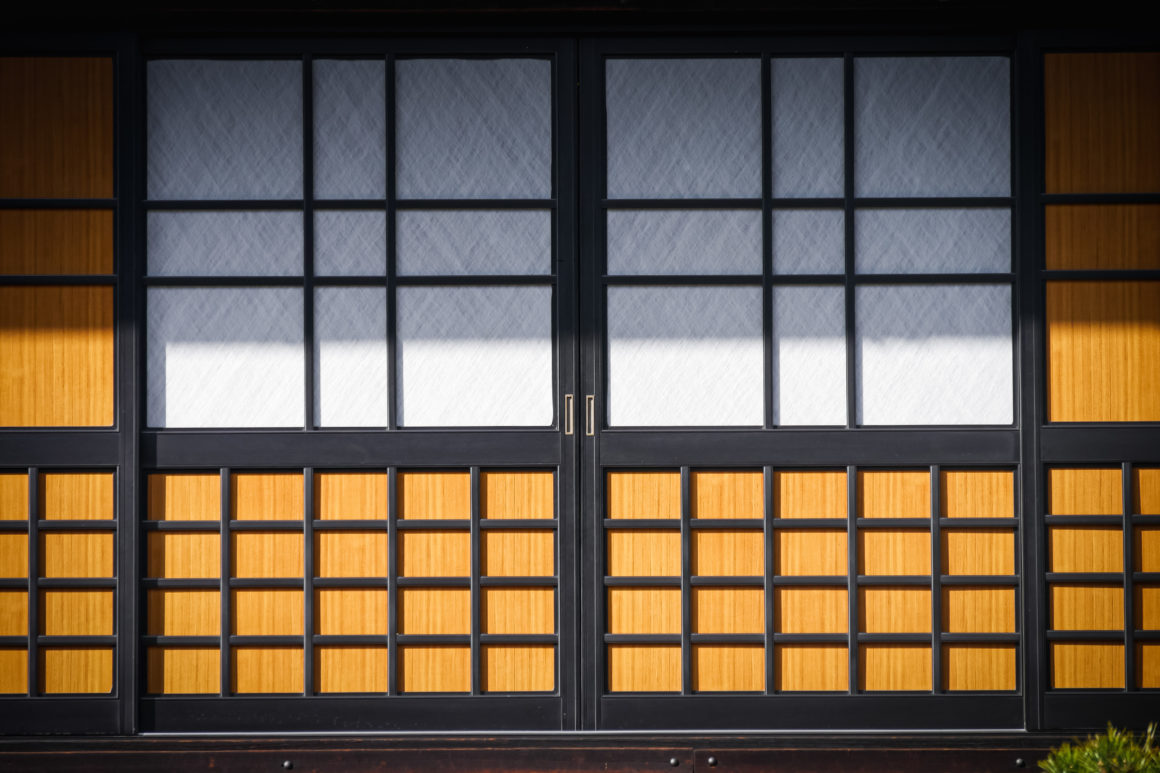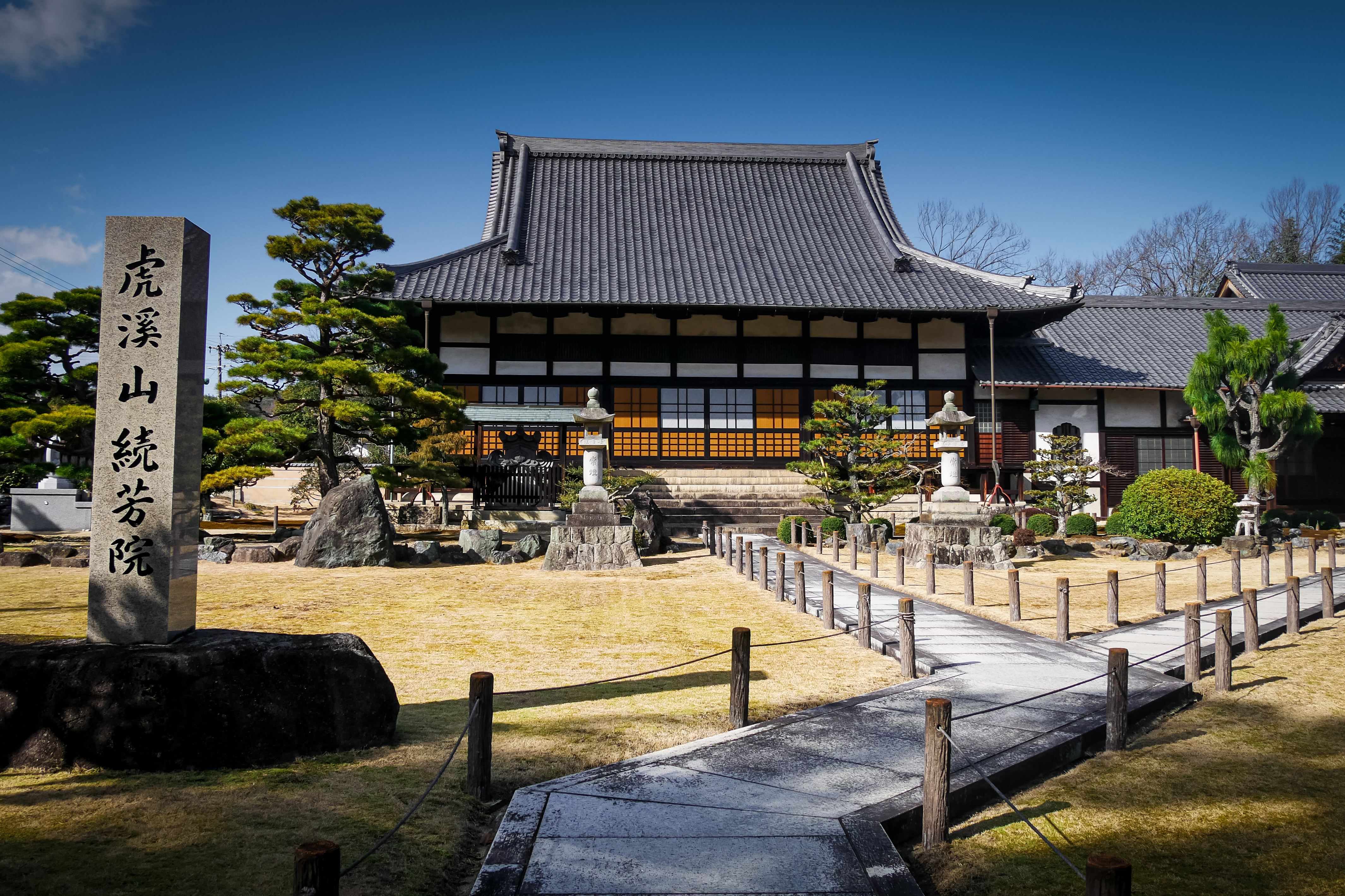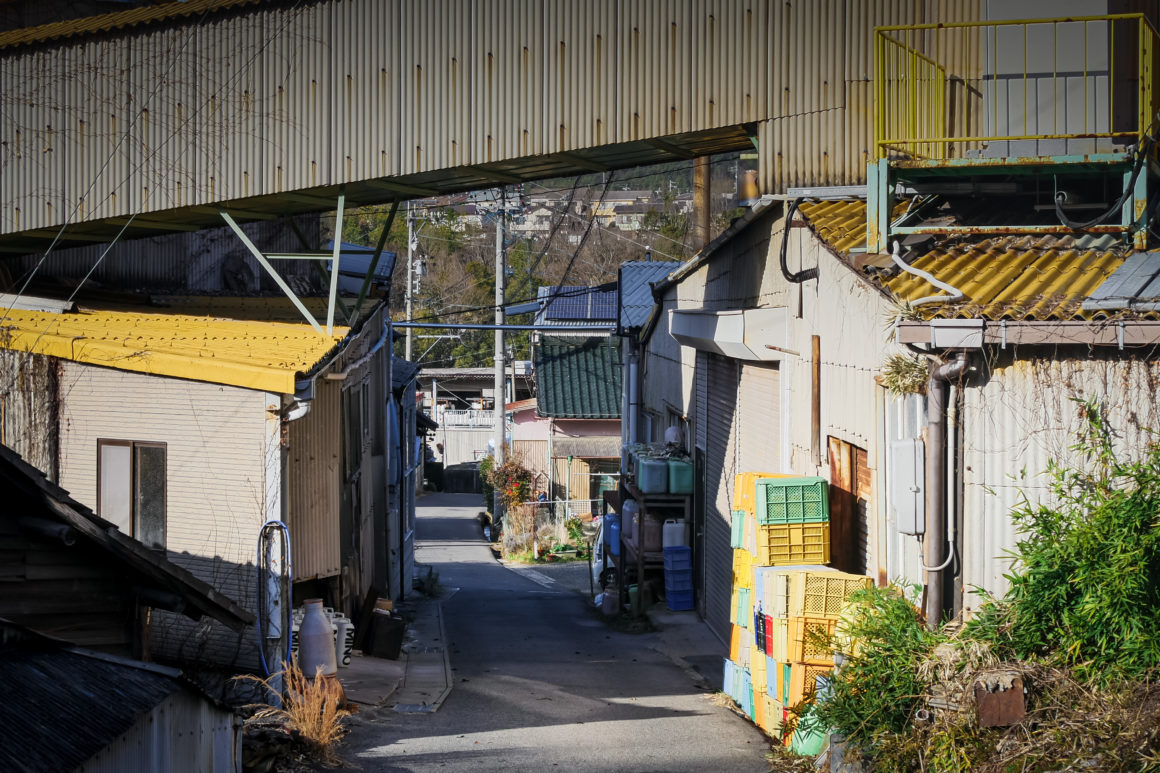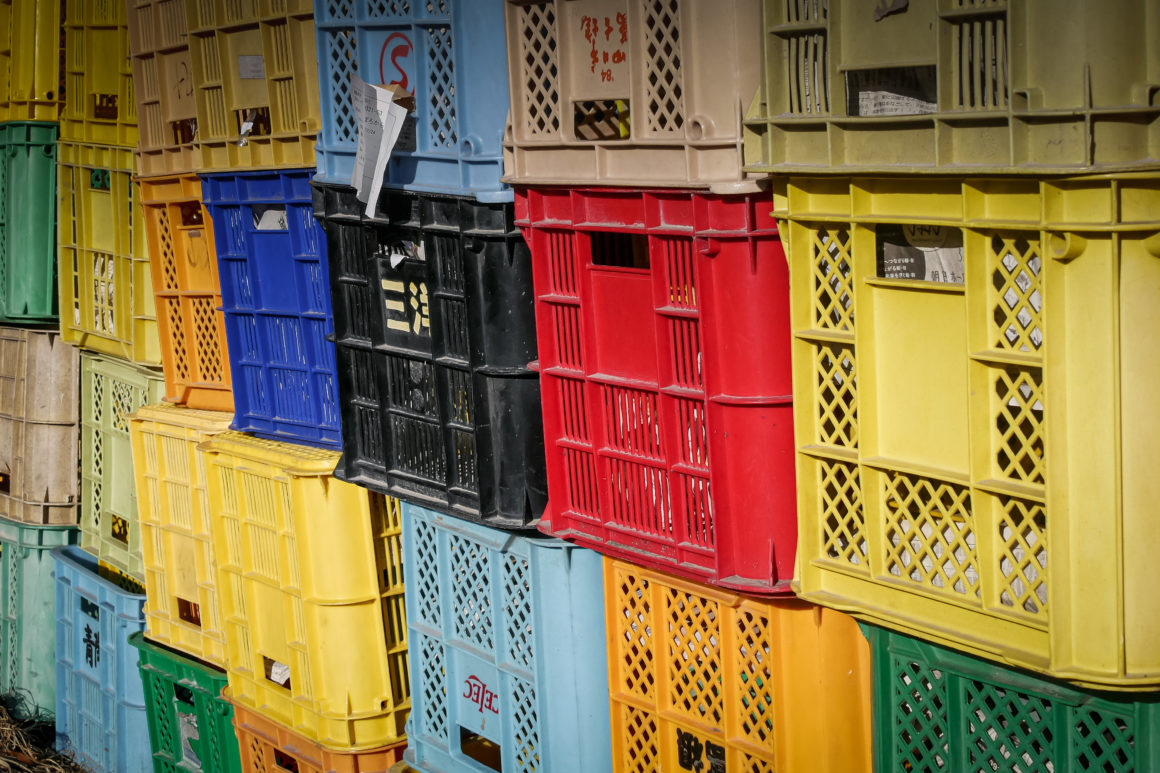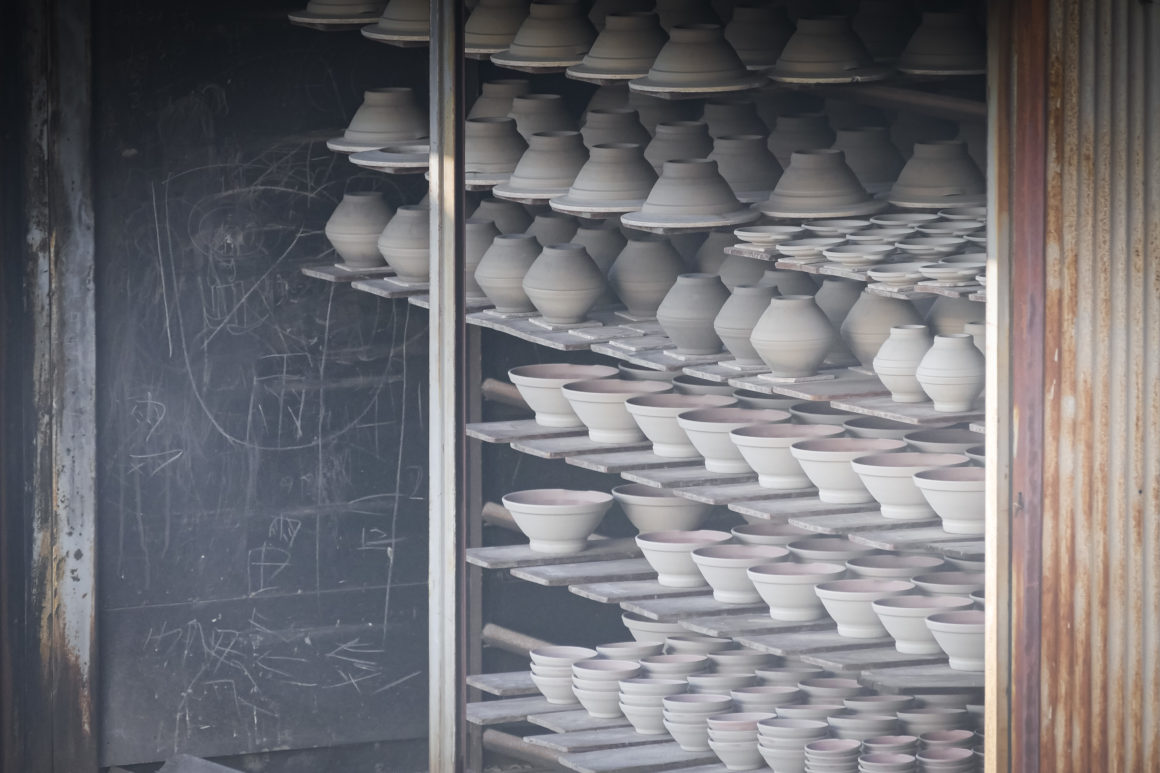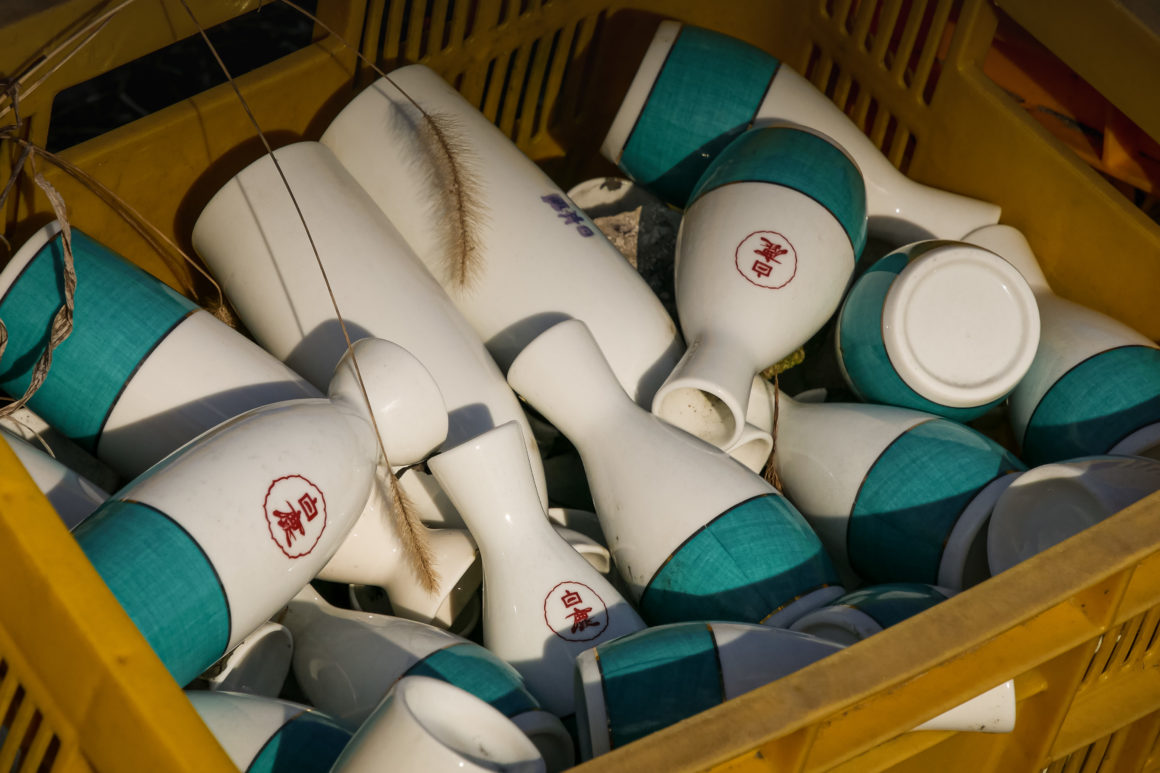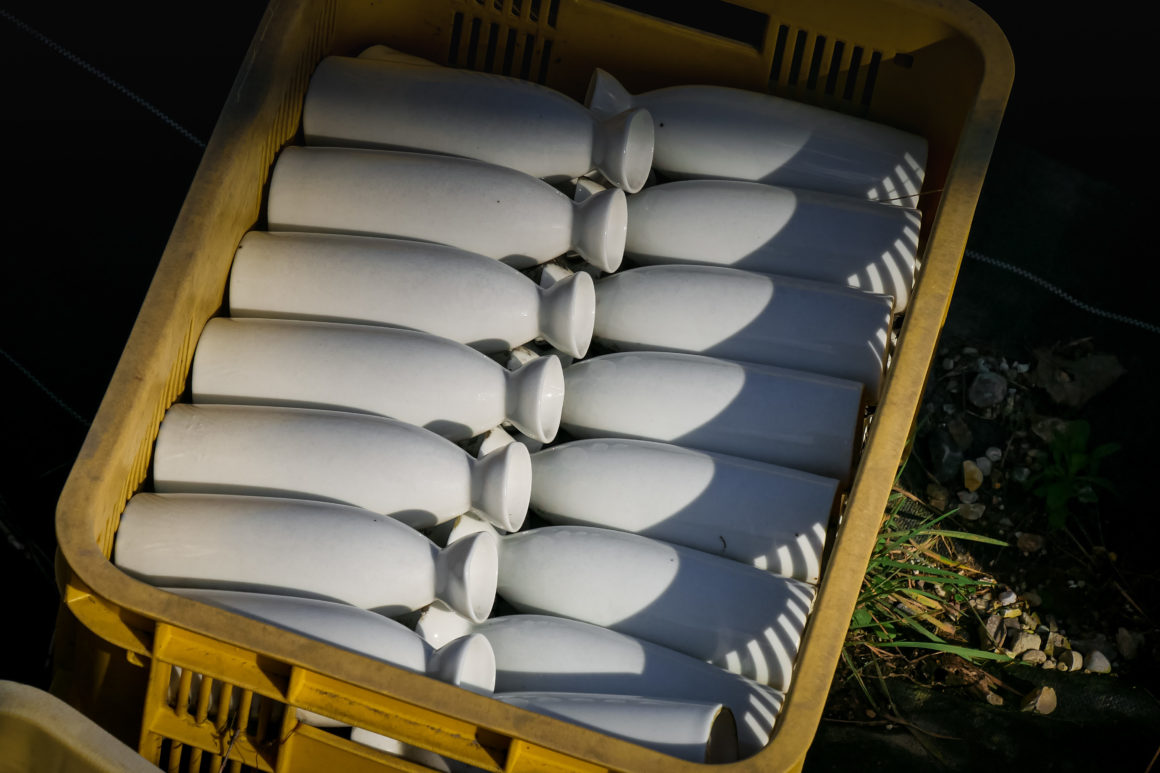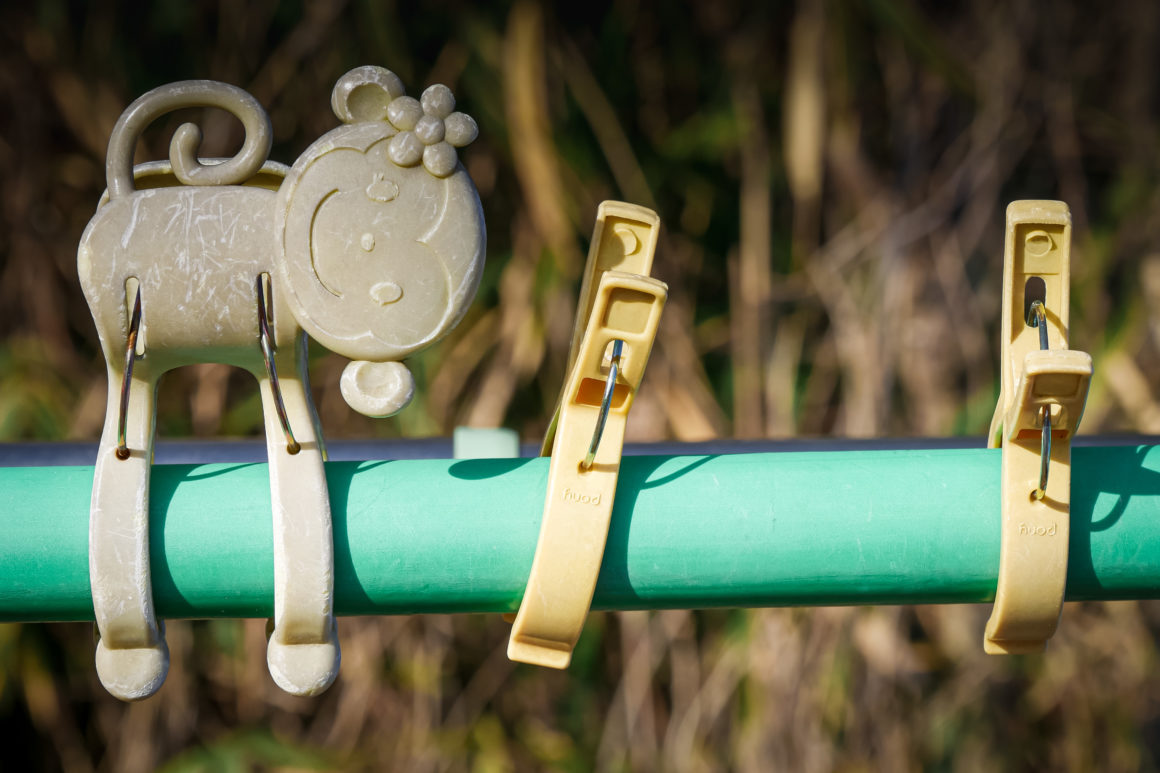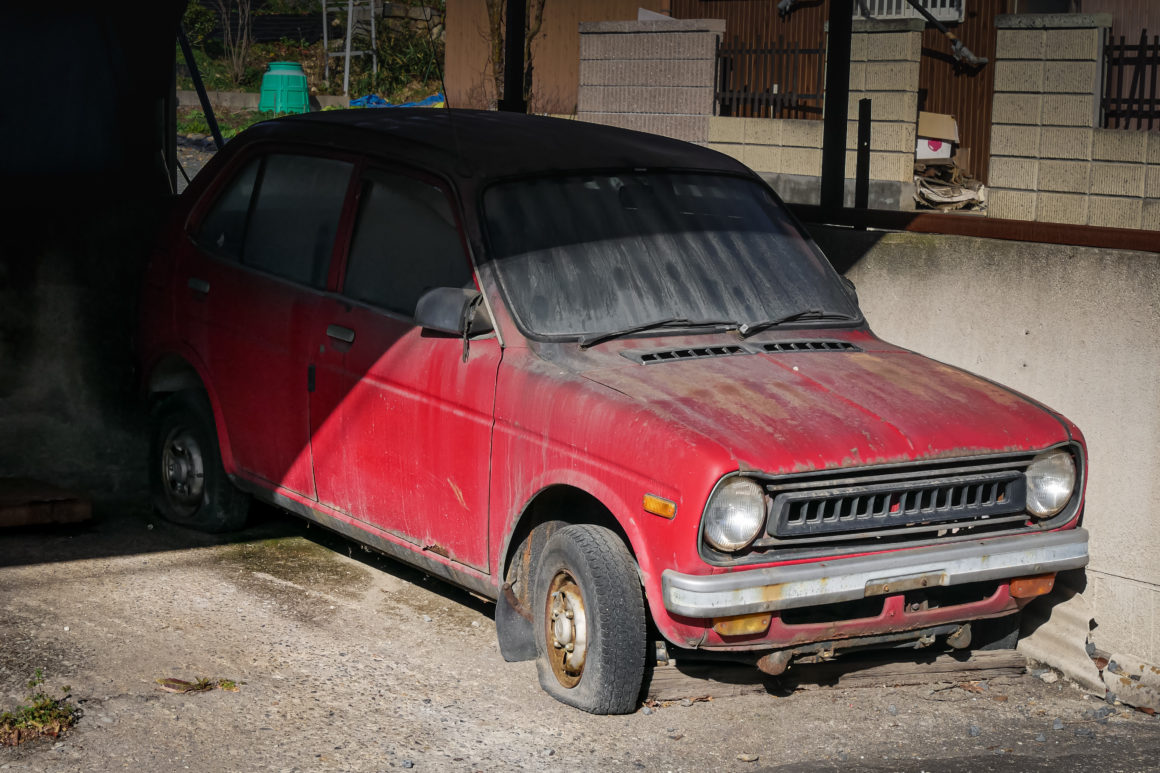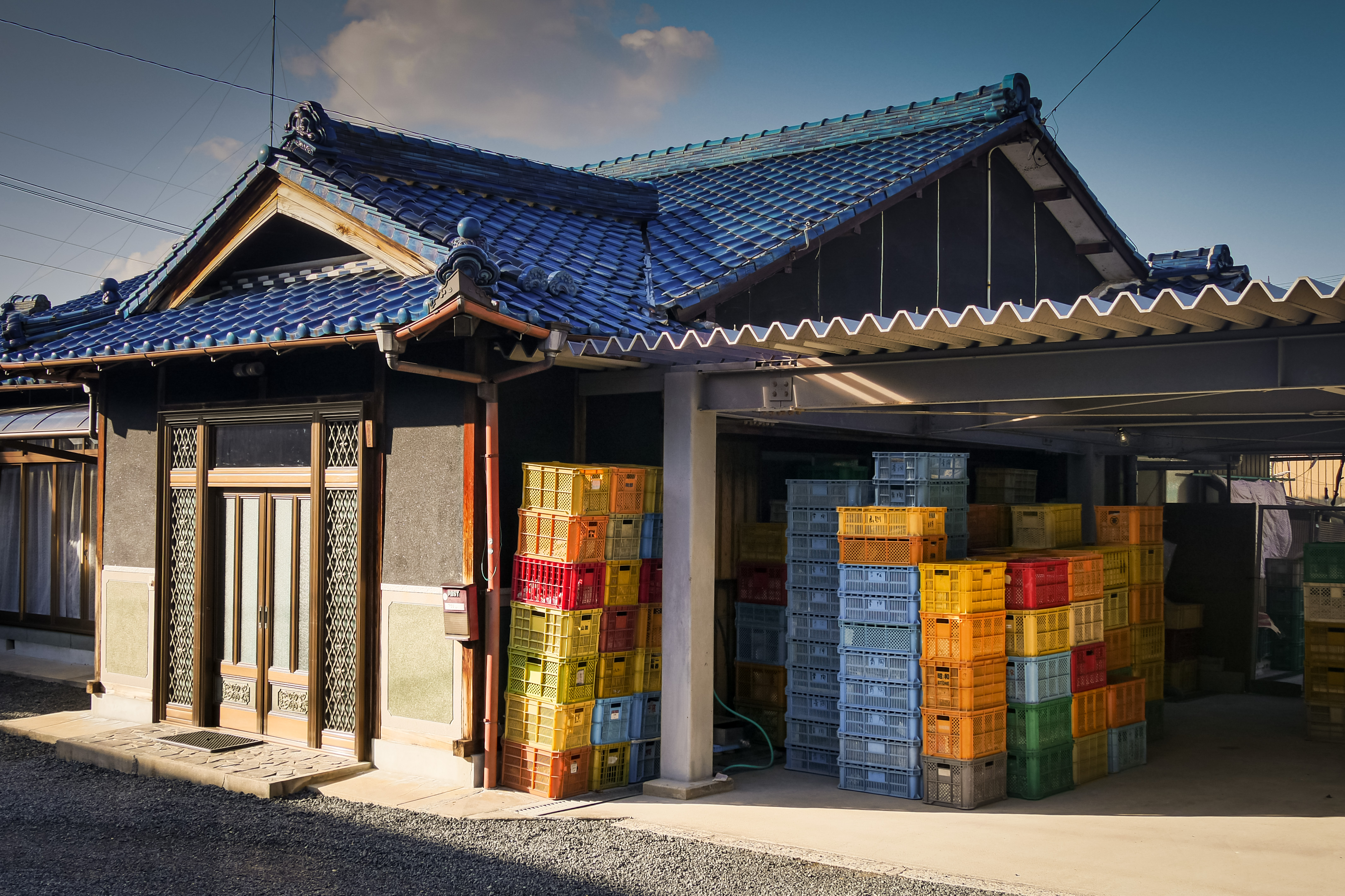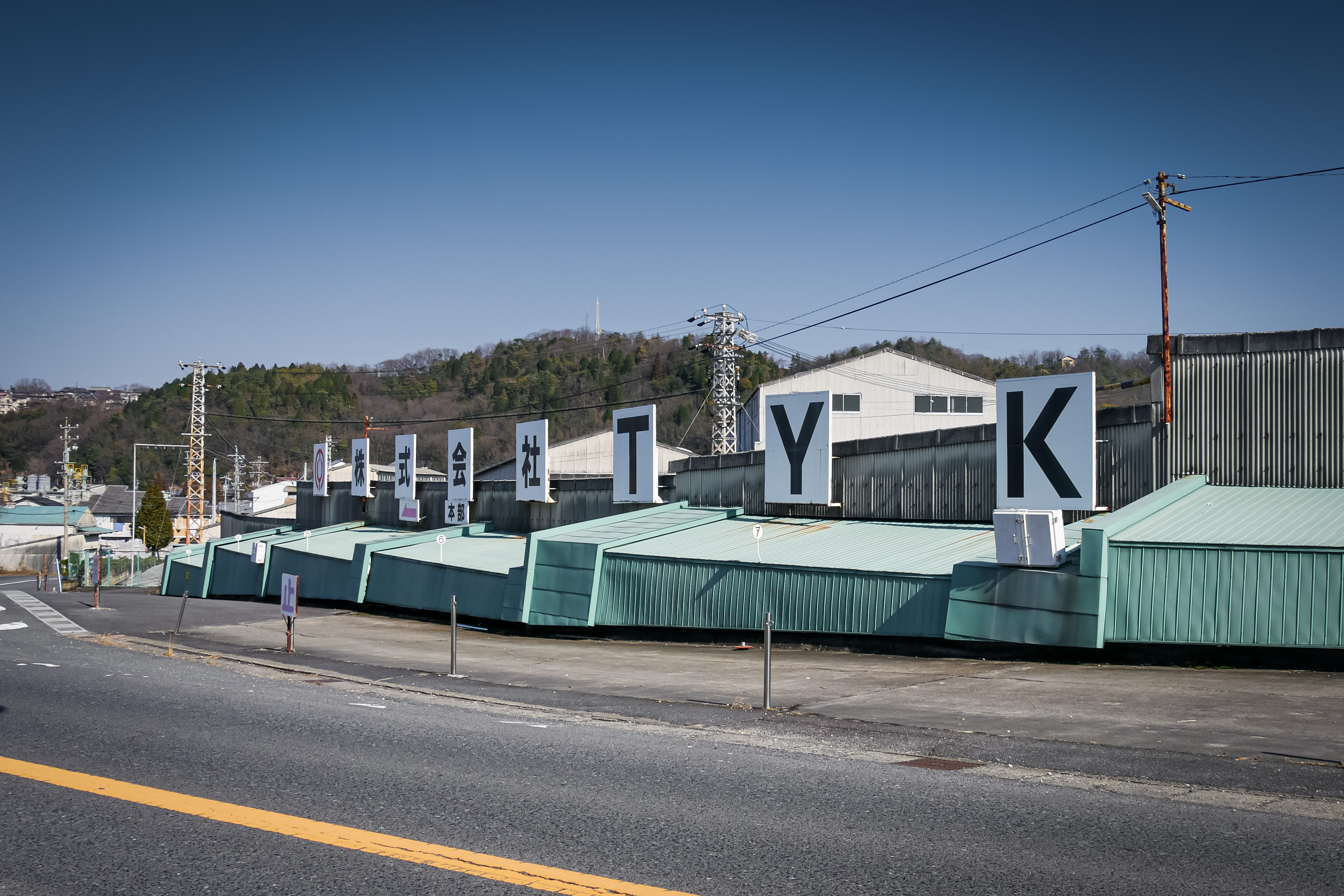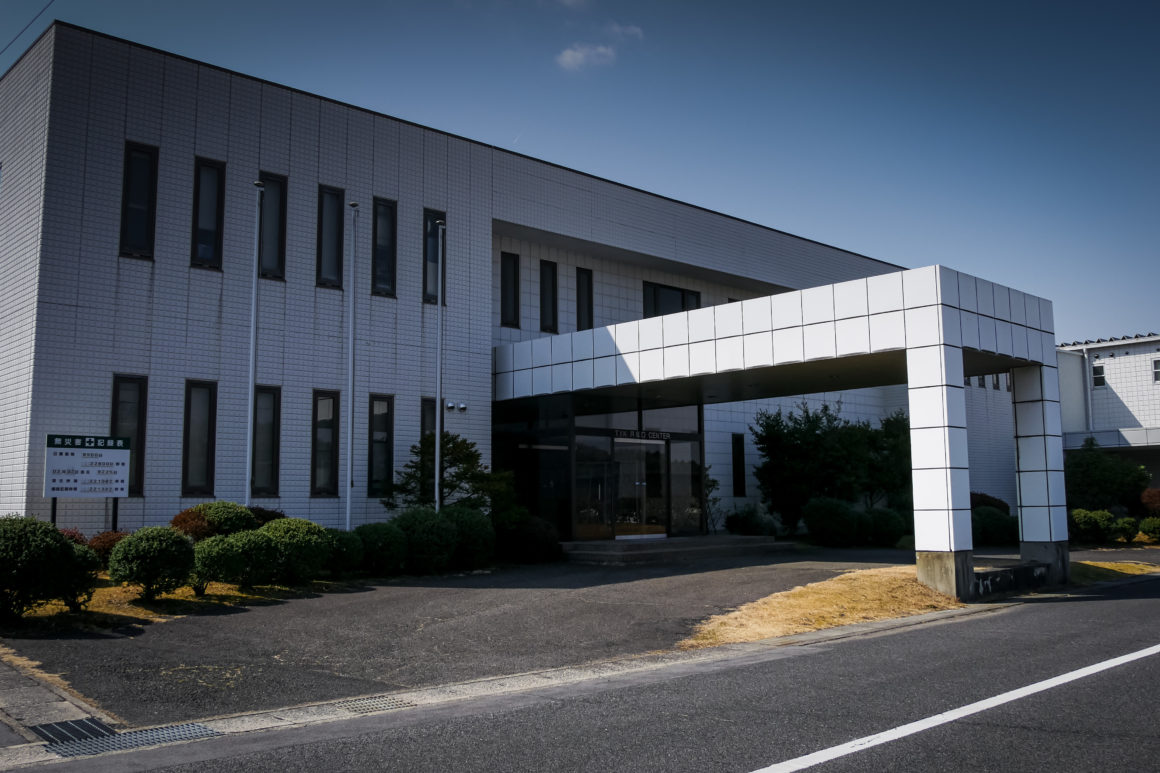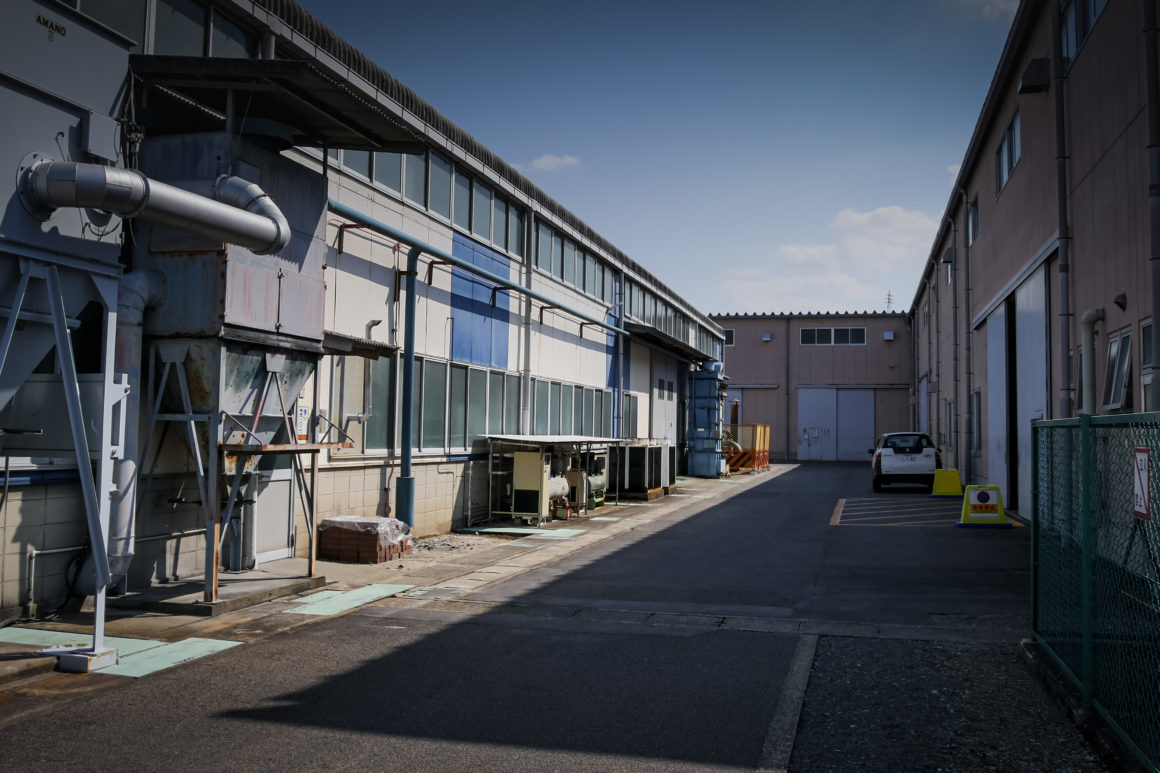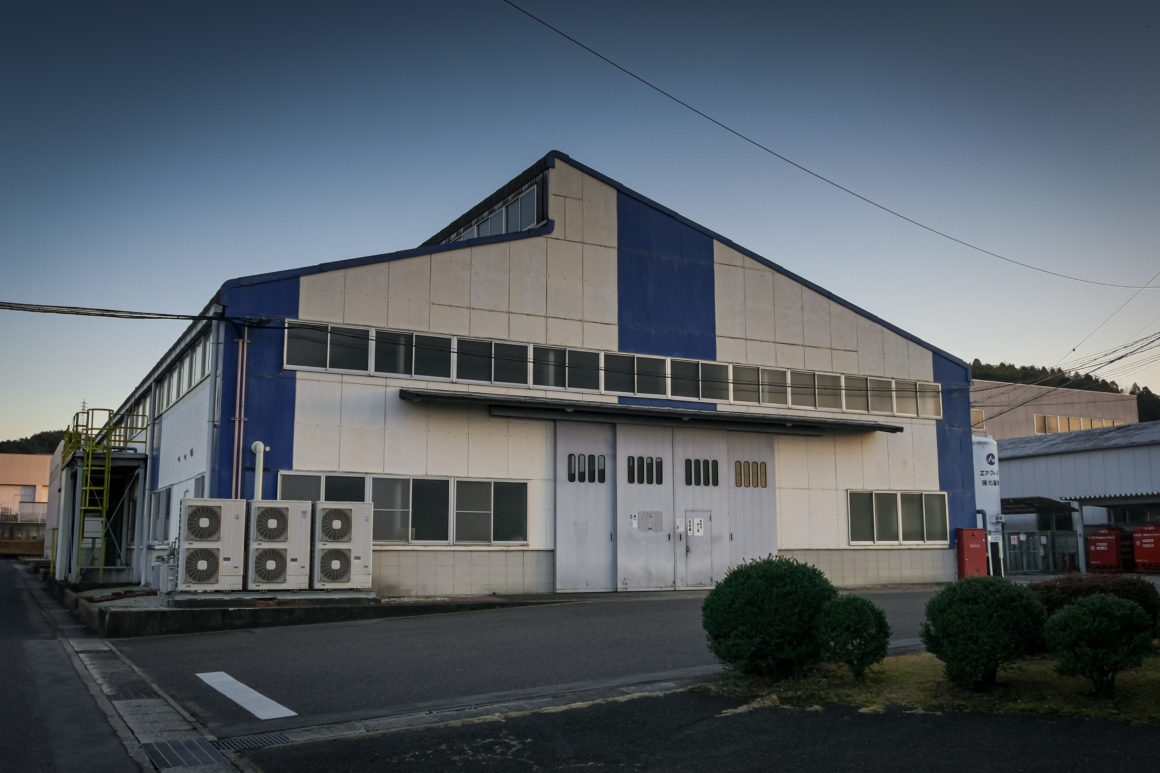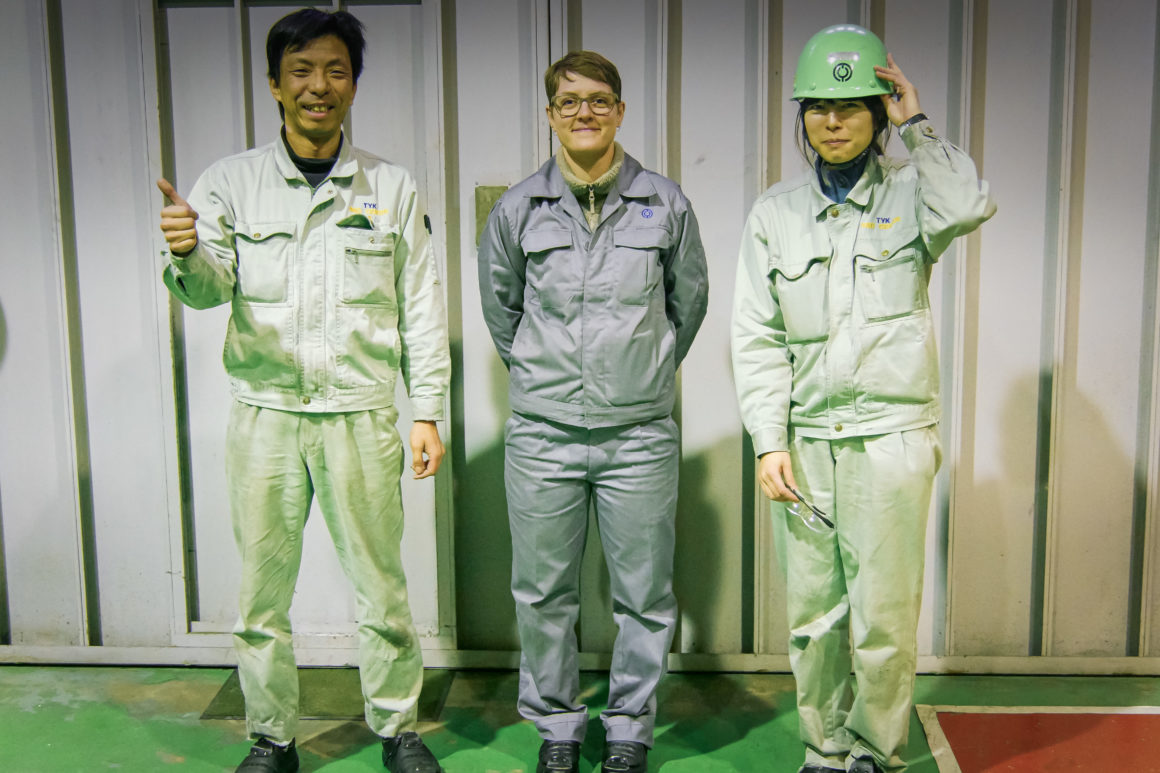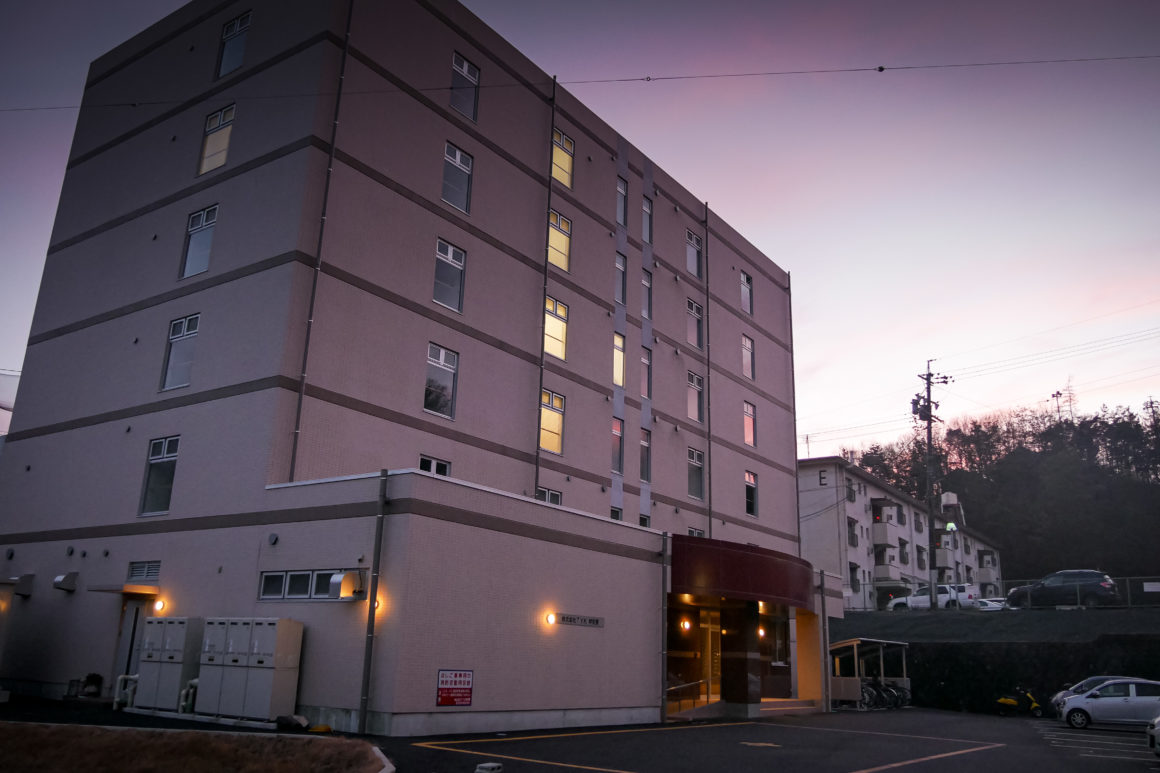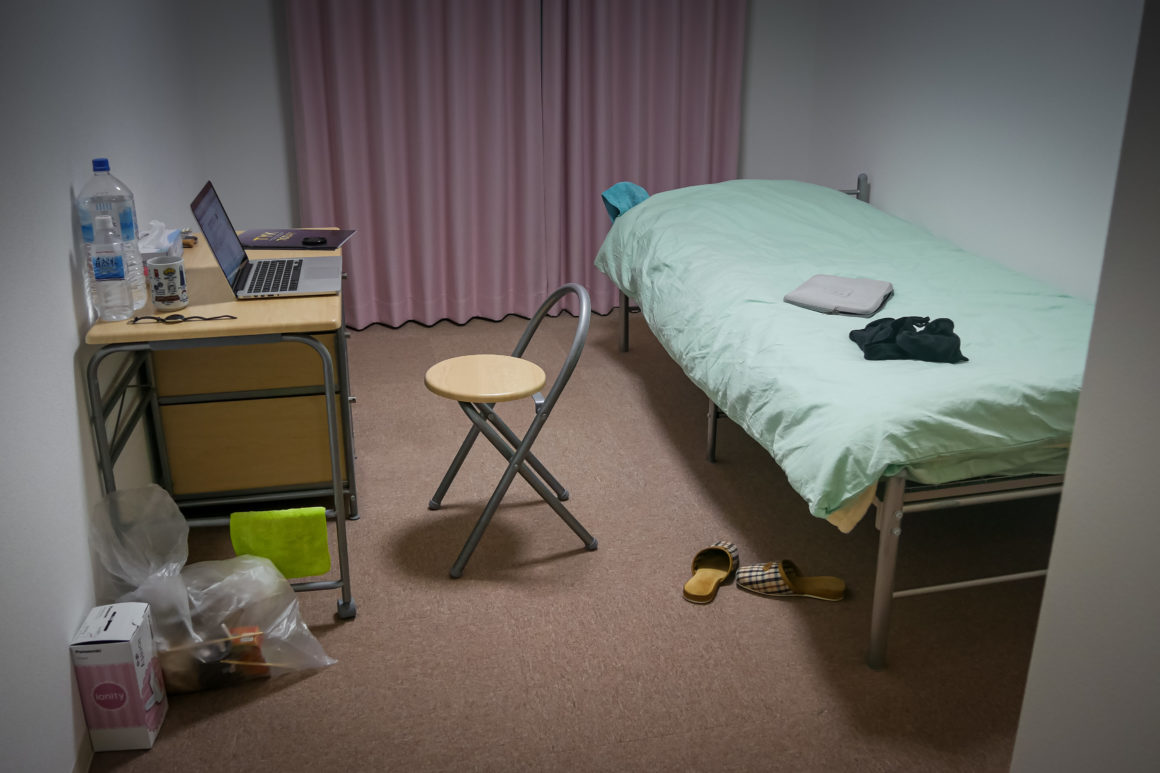DISPATCH
Tajimi is an industrial city located in the prefecture of Gifu in central Japan also called Chûbu region. Located at the beginning of the mountains of central Japan, Tajimi spreads its outer quarters through the hills while the city center is in a small valley where the Toki river flows. While climbing on the heights one can see the volcanoes Haku and Ontake, two stratovolcanoes in activity. The prefecture of Gifu and in particular Tajimi are renowned for their clay and their activities linked to artisanal and industrial ceramics. Many factories, ceramic shops or pottery studios are present in the different districts of Tajimi.
The architecture of Tajimi is a mix between concrete buildings, functional houses reproduced for huge numbers and traditional dwellings. Some places seem very similar to European residential neighborhoods. The city center is a series of building bars at the foot of which is sometimes found an old traditional style house sandwiched. Some districts still have old houses but the majority of the city is built of concrete. The whole is not very pretty. But the large streets, the feeling of space, the peaceful atmosphere, the hilly environment, the fresh air and the presence of some pretty buildings, all bathed in a sort of odds and ends more or less organized, confer to Tajimi a certain charm. There aren’t a lot of things to do in town. If you are looking for evening or weekend entertainment you are clearly not in the right place. But it is great to wander around, walking along the banks of the Toki River or exploring the more outlying hillsides.
Radio in the shopping street
In the northern part of Tajimi is the most beautiful place of the city: a little hollow in the hills where the Toki river winds and home to the Kokeizan Eihoji temple. Founded in 1313 by the Nanzen-ji branch of the Rinzai Zen Buddhist school, the temple has several constructions with a mixture of Japanese and Chinese architectural styles. During the 14th and 15th centuries the temple had around thirty buildings. Unfortunately, most of them were destroyed by fire during the Sengoku period (a period of conflict in Japan extending from the middle of the 15th century to the end of the 16th). Some buildings that have survived the destruction, such as the Kannon-do (housing a statue of Kannon (goddess of Mercy)) and the Kaizen-do (housing the calligraphy of the founding priests) are considered national treasures.
The place is absolutely beautiful. And again it is winter. How beautiful it must be in autumn with all red maple trees or in spring with cherry blossoms! The various buildings are superb and the view of the lake with the traditional Musaibashi bridge fills me with joy. I take the time to cross the bridge, enjoying each step and imagining myself centuries back surrounded by samurai, priests, geishas or peasants who have come to pray to the goddess of mercy. It is said that crossing the bridge leading to the Kannon-do symbolizes reaching the place of enlightenment. Once you have crossed the bridge, do not cross it again.
Tajimi is the largest producer of Minoware, hand-painted ceramics, very well known in Japan since almost all households use it. The culture of ceramics has flourished for about 1,300 years in Gifu Prefecture. Around the 7th century, artisans fleeing the wars preceding the Azuchi-Momoyama period (1568 to 1614) settled in the region sheltered from the mountains. At the end of the 16th century, interest in tea ceremony utensils led to the birth of new printing techniques and styles. Four main styles emerged and continue to be produced today. They can be recognized them by their colors: Oribe, green, Shino, mixture of red and white, Seto-guro, all black and Ki-seto in yellow hues. I invite you to take a look at this article to see images of the different styles.
Three districts in Tajimi are dedicated to ceramics: the Honmachi Oribe district, in the center, is mainly dedicated to artistic ceramics and kitchen utensils (bowls, dishes, accessories for the tea ceremony). The Ichinokura Oribe district in the south of Tajimi has many galleries and workshops. And the Takata Onada Oribe district north of Tajimi behind a hill, has old craft factories, some of which are still active, producing sake bottles, teapots, bowls …
Since the beginning of February I have been working at the TYK factory in Tajimi within the Research and Development center. I change teams every week to cover the different trades and products produced by the center. A little away from the factory, the center is on a small hill ten minutes walk from the dormitory where I live. The atmosphere is calm. Regarding work, it is factory work so it is repetitive and not very fun. Until now, I have spent most of my time making molds, drilling holes, or measuring products in detail. Often the same task and the same gestures in loop all day. The first week I spent the five days making the same casts on the same machine, performing the same gestures, standing up without really moving from 8 a.m. to 5 p.m. Sometimes I felt like I was transforming into a robot. The brain in pause mode, only the muscles working. The hardest part is that when I get bored, which usually happens after an hour making the same gestures, I tend to fall asleep. So when it is 10 am and you have to hold it all day …
Other than that, the factory looks like any French factory. Warehouses, machines that constantly make noise, people with protective helmets, analysis laboratories … The specificity comes from the fact that the factory is still very little automated. (This is why a lot of workers, myself included, do repetitive tasks all day long. In return, it keeps jobs alive). And that we are still in Japan since every morning we start with ten minutes of warm-up and physical exercises outside followed by ten minutes of speech where the employees repeat the principles of the factory by heart and where the tasks of the day are mentioned.
Besides the work which is not great (but I suspected it a little), I am a bit disappointed with the lack of exchanges between me and the workers of the center. People are nice, but very few come or are interested (or give the impression) to chat with me. And as usual very few can speak English. During the month of February, I went through four different teams and only one team was really interesting. With the other three, I hardly talked to the members of the team and they made me do the same tasks every day without really showing me or explaining what they were doing. Same during the meal break or in the dormitory (where I also take my meals morning and evening) where everyone eats on his table without talking.
The interesting team was the second week of February. I followed Mr. Hayashi and Mademoiselle Kaku in their different works, participating in each step while chatting. This week was by far the best. Mr. Hayashi is an ultra nice guy, very smiling, energetic, funny, interesting, super interested in the idea of interacting with me, in short a great guy. And Miss Kaku, also very kind and interesting, speaks good English. So the week was filled with exchanges, laughter and passed very quickly. I would have stayed longer with them. I keep going to see them from time to time during my breaks to say hello. The work experience at TYK is interesting but the monotony of the tasks and the lack of communication tarnish the picture a little for now.

